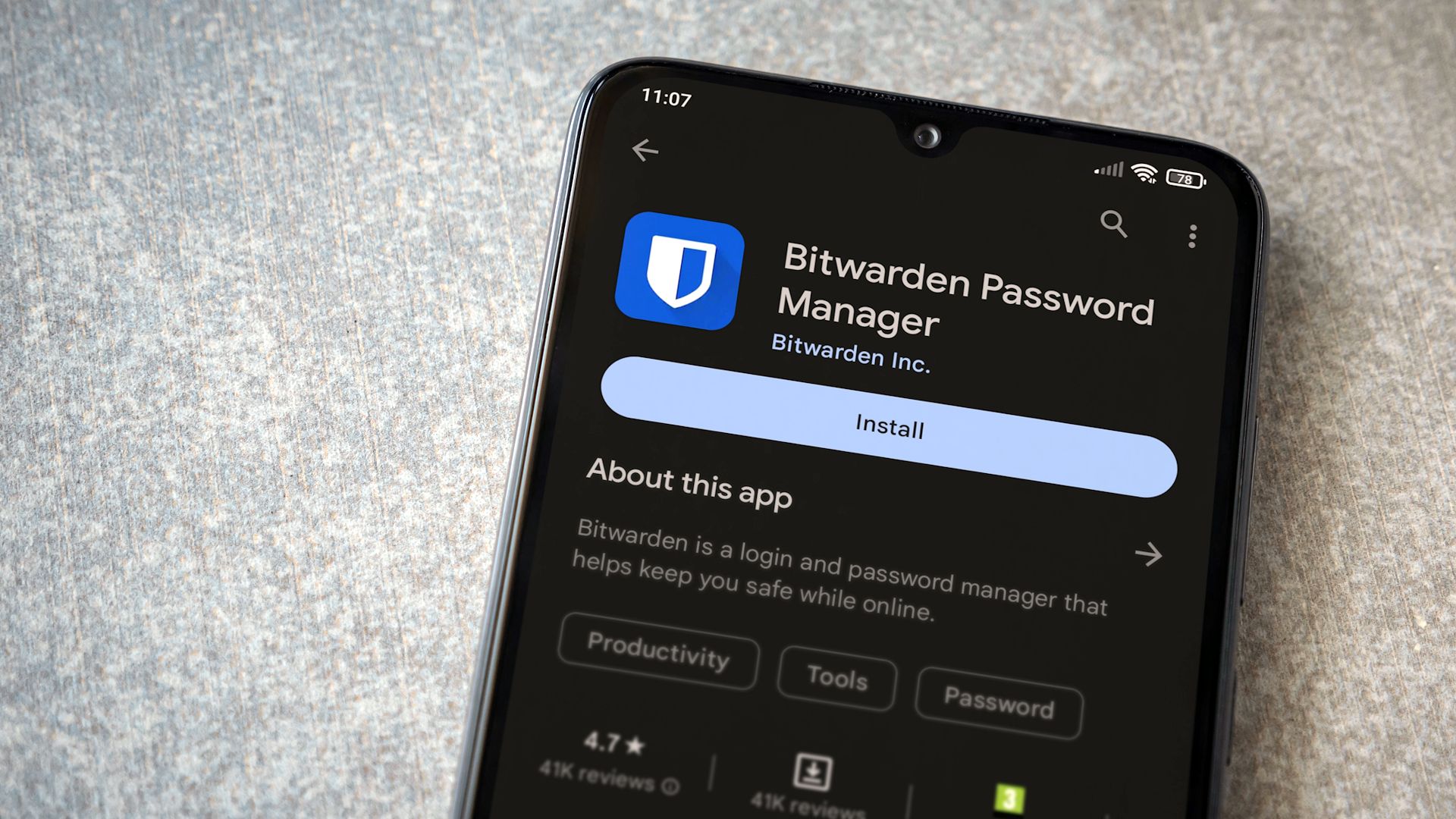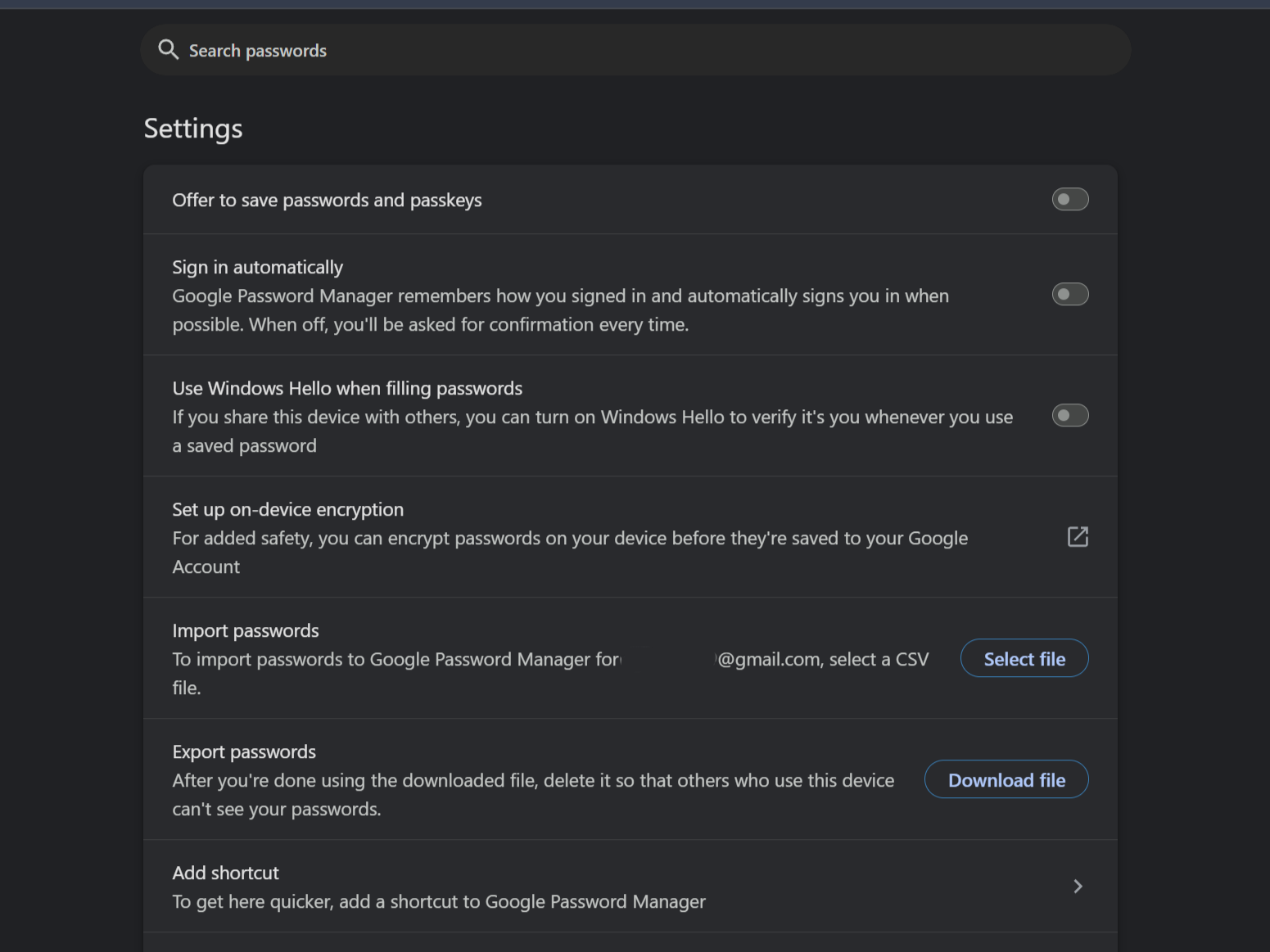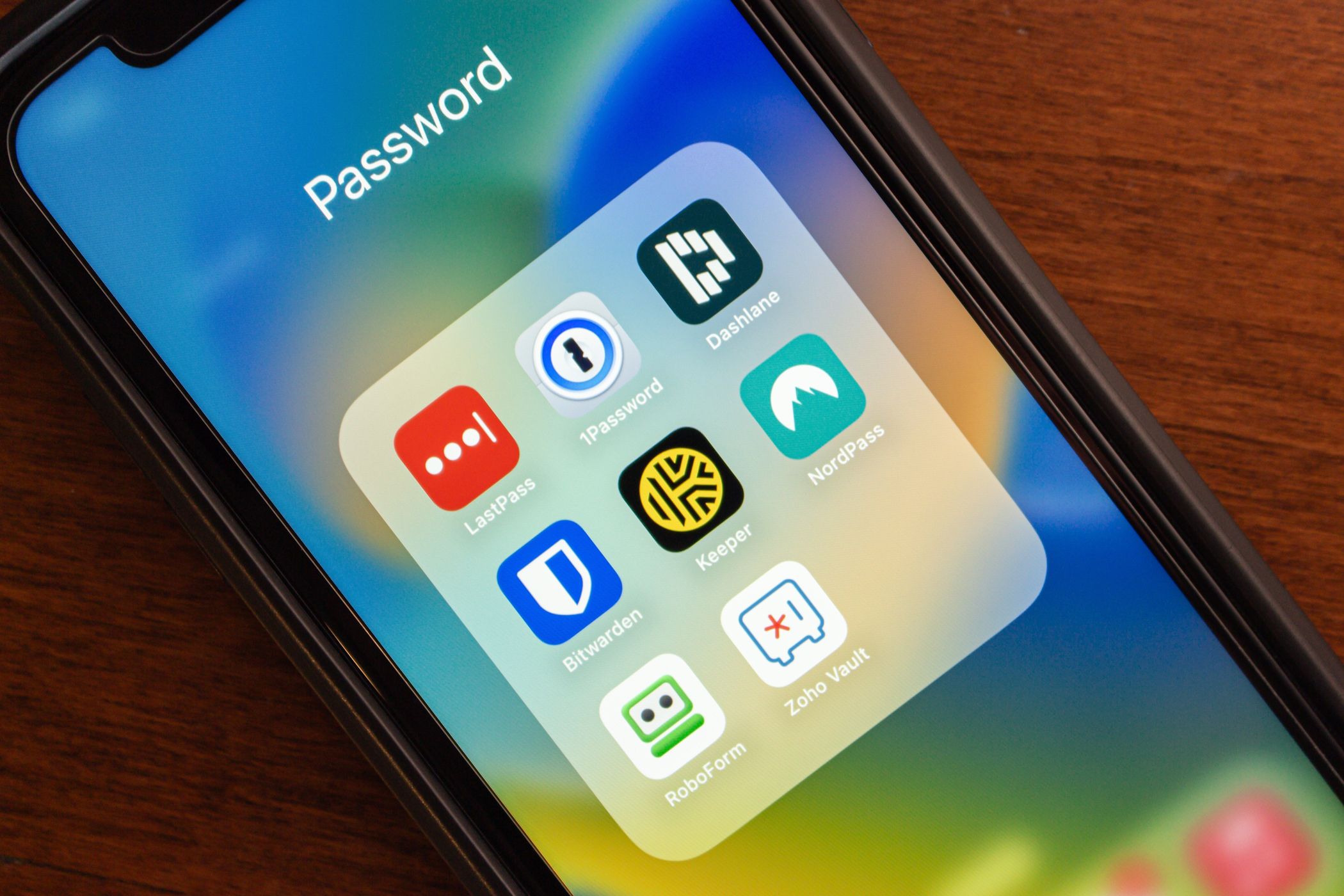Samsung Galaxy Z Fold 7 review: an excellent foldable makes another big leap forward
Why you can trust TechRadar
We spend hours testing every product or service we review, so you can be sure you’re buying the best. Find out more about how we test.
Samsung Galaxy Z Fold 7: One-minute review
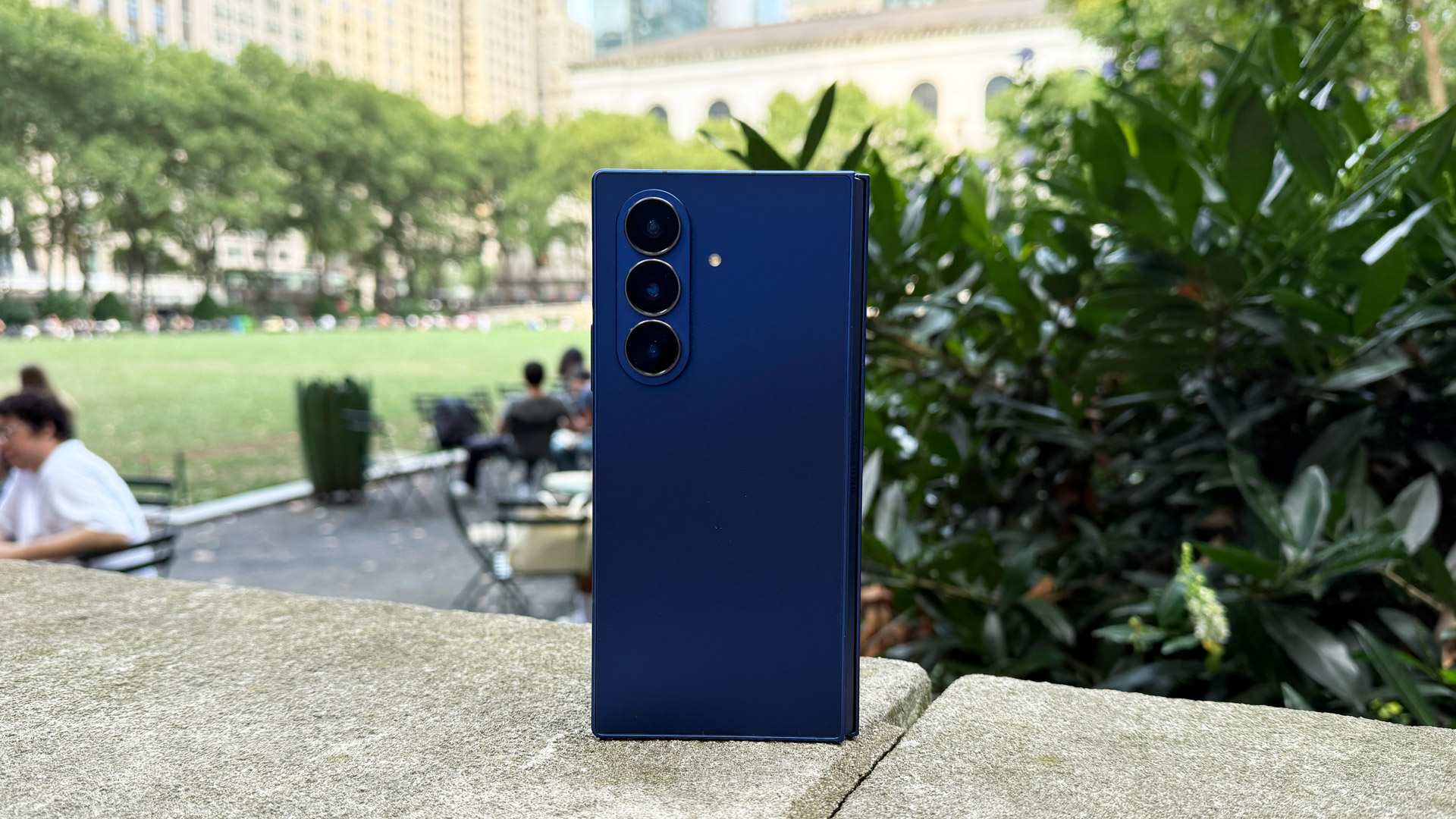
The Samsung Galaxy Z Fold 7 is the closest thing to a tech inflection point we have at the moment. It’s by far the best large-screen foldable ever made – super-thin, super-light, exquisitely made, undeniably powerful, and full of AI smarts – and goes straight to the top of our list of the best foldable phones you can buy.
It’s Samsung’s first foldable to almost entirely not underdeliver on cameras, featuring the line’s first-ever 200-megapixel camera. This feels like more than progress; it’s a folding phone revolution.
I like it so much that I find myself frantically searching for weaknesses. I probe each part looking for a place where Samsung may have miscalculated and, with very few exceptions, I can’t find any weaknesses.
If I had to pinpoint where Samsung trips up, it would be in two areas: the removal of the digitizing layer, which leaves the Galaxy Z Fold 7 unable to work with the S Pen, and the price, which now flirts with $2,000 in the US. That’s a lot to spend for any phone, though in fairness this really is like two devices in one – a flagship phone and 8-inch tablet – and so you might be able to justify the outlay.

Watch On
Samsung Galaxy Z Fold 6 review: price and specs
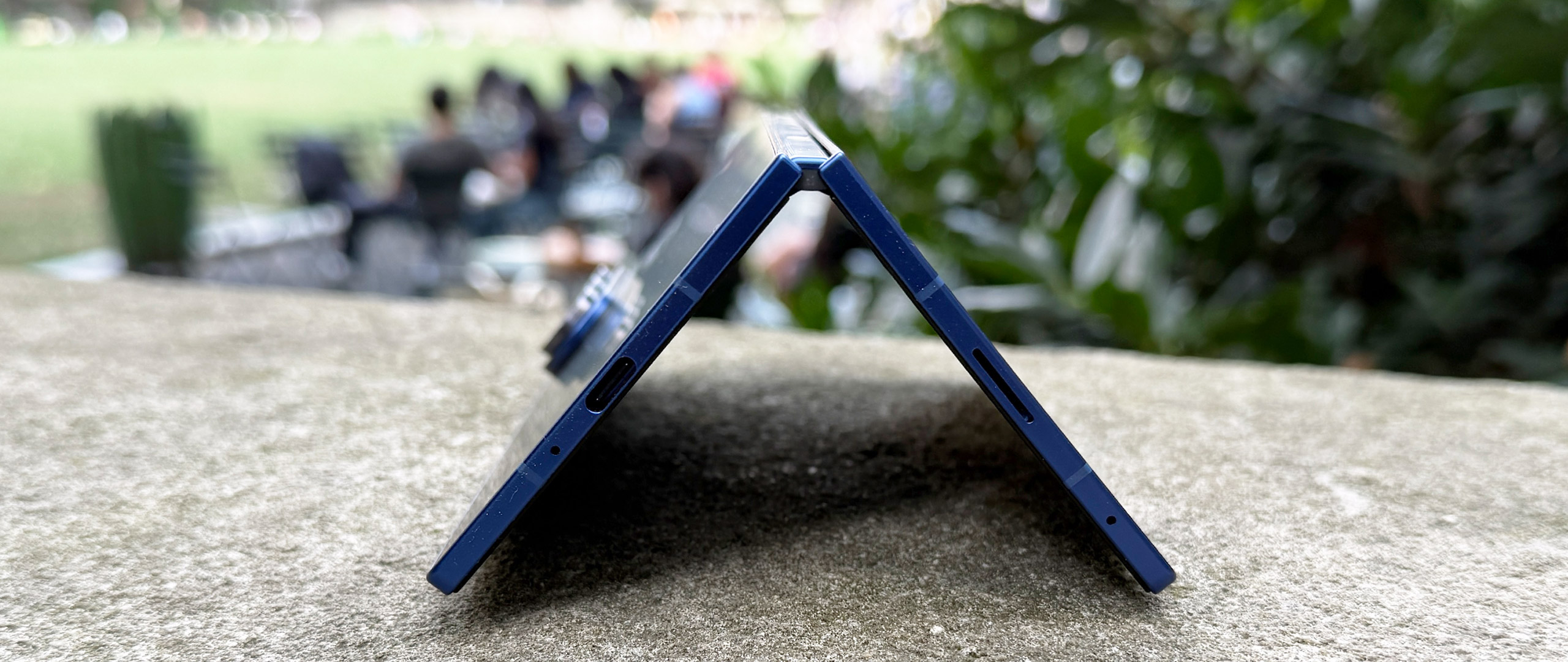
The Galaxy Z Fold 7 starts at $1,999.99 / £1,799 / AU$2,899, which is $100 more than the previous model in the US, and AU$150 more in Australia – there’s no price hike for buyers in the UK. The base model comes with 256GB of storage and 12GB of RAM. At the time of writing, the Galaxy Z Fold 7 is on preorder now, and ships from July 25. It’s available in Blue Shadow, Silver Shadow, and Jetblack, plus a Samsung online-exclusive Mint.
Those prices make the Galaxy Z Fold 7 one of the most expensive foldables you can buy – in the US it now costs $100 more than a similarly configured Google Pixel 9 Pro Fold, for instance. There will be deals, especially for trade-ins, so look out for those.
I agree, this is a lot to pay for a smartphone, but the Z Fold 7 is not just a phone. It’s also a tablet, yet so thin and light that someone glancing at it in your hand might have no idea it’s a two-in-one. The question is, are you willing to pay more for something that is truly special?
| Header Cell – Column 0 |
Samsung Galaxy Z Fold 7 |
|---|---|
|
Dimensions (folded): |
72.8 x 158.4 x 8.9mm |
|
Dimensions (unfolded): |
143.2 x 158.4 x 4.2mm |
|
Weight: |
215g |
|
Main display: |
8-inch QXGA+ Dynamic AMOLED (2184 x 1968), 120Hz adaptive refresh rate (1~120Hz) |
|
Cover display:: |
6.5-inch FHD+ Dynamic AMOLED 2X Display(2520 x 1080, 21:9), 120Hz adaptive refresh rate (1~120Hz) |
|
Chipset: |
Qualcomm Snapdragon 8 Elite for Mobile Platform for Galaxy |
|
RAM: |
12GB / 16GB (1TB only) |
|
Storage: |
256GB / 512GB / 1TB |
|
OS: |
Android 16 / One UI 8 |
|
Primary camera: |
200MP f1.7 |
|
Ultrawide camera: |
12MP f2.2 |
|
Telephoto |
3x 10MP f2.4 |
|
Cover Camera: |
10MP f2.2 |
|
Inner Camera: |
10MP f2.2 |
|
Battery: |
4,400mAh |
|
Charging: |
30 mins with 25W adapter (wired) |
|
Colors: |
Blue Shadow, Silver Shadow and Jetblack [Samsung.com Exclusive] Mint |
Samsung Galaxy Z Fold 7 review: design
- Super-thin unfolded, and almost as thin as a standard smartphone when folded
- Weighs less than the single-screen Galaxy S25 Ultra
- Excellent materials and construction
- Hinge mechanism is pleasingly stiff and strong
If you think the pace of smartphone and flagship innovation feels somewhat ho-hum, you probably haven’t seen or touched the new Samsung Galaxy Z Fold 7.
This is one of the best design upgrades I’ve seen in a while, not because it’s radically different to the Samsung Galaxy Z Fold 6 that came before it, because it isn’t, but because it’s so much better in all the ways that truly matter.
I’ll start with the physical specs, because they’re the most remarkable thing about of this new handset, especially when compared with the Z Fold 6 and, yes, even the Galaxy S25 Ultra.
Unfolded, the Z Fold 7 is just 4.2mm thick – that’s 1.4mm thinner than the Z Fold 6. Folded, the Z Fold 7 is 8.9mm, 3.2mm thinner than the Z Fold 6 and only 0.7mm thicker than the Galaxy S25 Ultra. Think about that: this foldable, which when folded is hiding a gorgeous 8-inch display, is almost imperceptibly thicker than a single-screen flagship device.
Even the weight is impressive. Between versions, Samsung shed a whopping 24 grams, and the Fold 7 is even 3 grams lighter than the S25 Ultra. Yep – two screens, and it’s still lighter than the flagship.
Perhaps that shouldn’t be so surprising. When I hold the Z Fold 7 up to the S25 ultra, the foldable is smaller than the Ultra, which is 162.8mm x 77.6mm, while the Z Fold 7, when folded, is 158.4mm x 72.8mm.
Carrying the Galaxy Z Fold 7 is now like holding a secret. At a glance, it looks like a standard, 6.5-inch smartphone. It’s not until you take a closer look that you notice the seam down one edge and the hinge on the opposite side.
Size and weight aside, the phone feels good in my hand because of the excellent materials. Its Armor Aluminum frame is covered, front and back, with Gorilla Glass Ceramic 2. A substantial, pill-shaped three-camera array sticks out of the back. Whenever I put the phone down camera-side-first, it tips at an awkward angle. I guess that’s the price I have to pay for a better imaging system.
On the top edges when you’re holding the phone (there are two when it’s folded) are a pair of microphone holes, a vent, and a SIM slot (yes, this phone still uses a nanoSIM card, along with a multi-eSIM option).
The bottom edges feature more microphone holes, a speaker slot (its stereo pair are along the top edge of the cover screen), and the USB-C data and charging port. The tolerances here are quite something – the USB port appears to just barely fit in the space.
The only buttons are the long volume rocker and the power / fingerprint reader / Gemini button.
The foldable screen hinge, which has been shrinking over each Z Fold generation, is the thickness of an average No. 2 pencil, and its subtlety and unobtrusiveness further help it pull off the ‘standard flagship’ masquerade.
Samsung has reengineered the hinge, and it’s noticeable. The phone is firmly closed when folded (magnets inside help with that) and has considerable, but not overly resistant, tension as you open it and it snaps into position as a fully flat 8-inch tablet.
Unfolding the phone you’re greeted with a flexible display surrounded by a roughly 2mm, forgiving raised border that keeps the Fold 7 from making a metallic snapping sound when you close it.
There’s still a crease, but it’s far less pronounced than what you see on the Z Fold 6. That’s due in part to the new teardrop-shaped screen fold hidden in the redesigned hinge, meaning the thin, flexible screen curves into a perhaps more forgiving teardrop shape when the phone is folded. This is likely what accounts for how it can more easily unfold to a nearly perfectly flat plane. I can only see whatever minimal crease remains at certain odd angles, and more so when the screen is off. To the touch, it’s barely perceptible.
The Samsung Galaxy Z Fold 7 is IP48-rated, which means it can handle a sustained dunk in fresh water (not salt water!), but I would keep it away from dust and sand. I ran my device under a tap with no ill effects.
Samsung Galaxy Z Fold 7: displays
- The main display is now 8 inches
- There’s a noticeable punch hole for the camera
- The cover display is also larger

A wider and taller Z Fold means not one, but two bigger screens. The cover display is now a 6.5-inch 21:9 display that is finally indistinguishable from a standard flagship phone display.
Where the Z Fold 6 has a 968 x 2376 resolution, the Z Fold 7 cover screen is an expansive 2520 x 1080, 422ppi, 1-to-120Hz AMOLED 2X screen. It has a punch-hole for the 10MP selfie camera, but it does not feature an under-the-screen fingerprint reader – that’s integrated with the power button (and works quite nicely, as does unlocking with your face).
It’s a lovely, bright screen that’s now wide enough to more easily accommodate a more usable virtual keyboard, and fully serviceable when you don’t want to unfold and use the main display.
Like the cover display, the main display is larger this year. It’s now an 8-inch display, up from the Z Fold 6’s 7.6 inches. It’s also got more pixels, jumping from 2160 x 1856 to 2184 x 1968. It’s still QXGA+ and supports the dynamic 1-to-120Hz refresh rate.
While that display size now matches Apple’s iPad mini, the sixth-generation mini’s 8-inch screen has an aspect ratio of 3:2, while the Galaxy Z Fold 7 is now 5:6. This makes the Z Fold 7 more of a square as compared to the iPad’s slightly rectangular display.
In practice, this means that on the Z Fold 7 some videos and games may have larger black borders at the top and bottom. It doesn’t bother me, but you might want to see what Netflix looks like on the phone before placing your order.
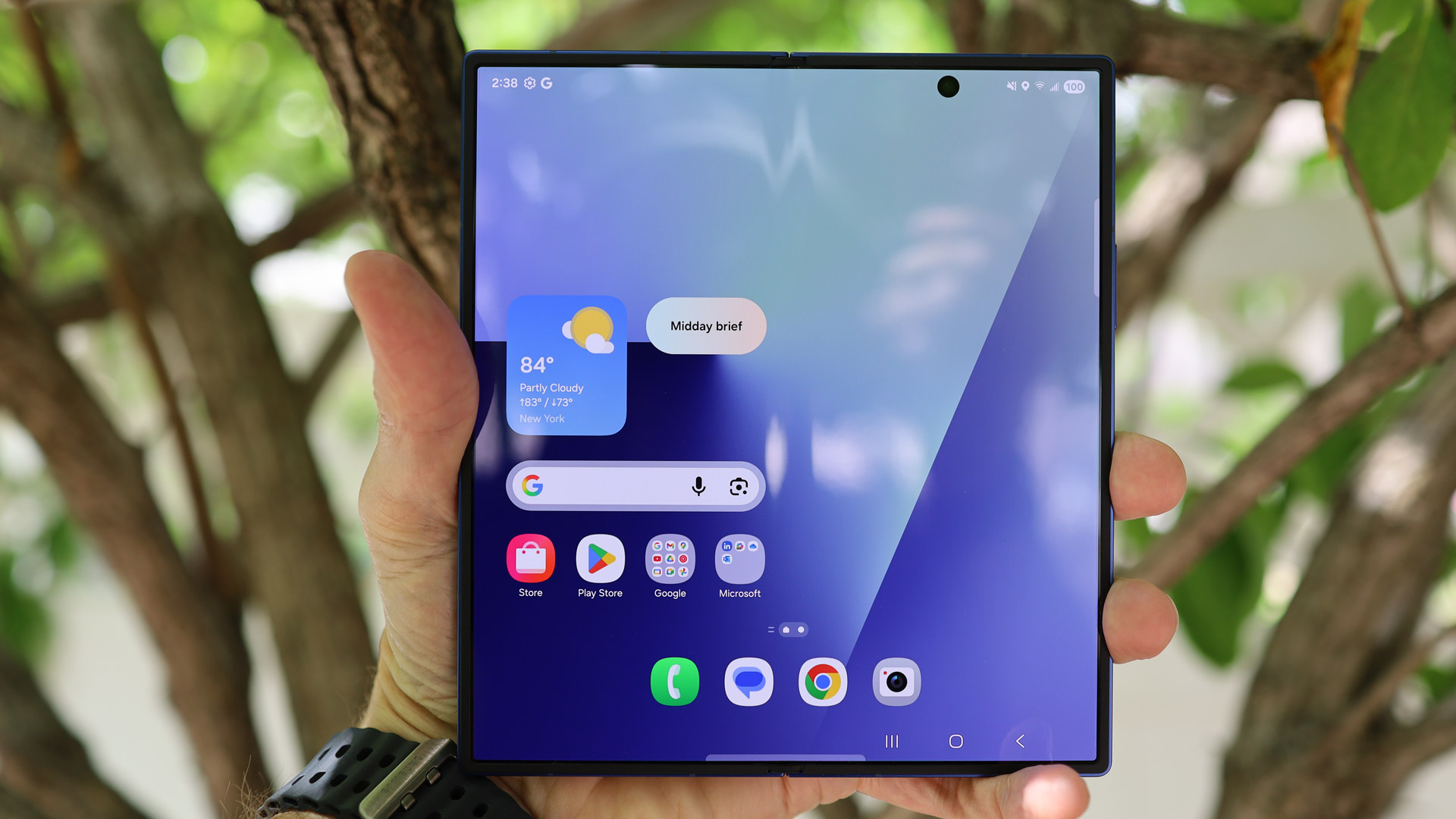
The main screen is big, bright, and responsive. It was useful in bright sunlight, and all motion looked fluid and smooth. I left it on the default setting, which lets the system adjust the refresh rate on the fly, up to 120Hz and down to 1Hz, which is not as energy efficient as locking in at 60Hz. Both screens are rated for a max brightness of 2,500 nits.
In Future Labs testing and with HDR enabled we got up to 2,245 nits on the main screen and 2,060 nits on the cover screen. Those are admirable numbers, and mean you shouldn’t have any trouble viewing these displays in direct sunlight.

To achieve the 4.2mm thickness, Samsung made some changes to the panel configuration, most notably dropping the digitizing layer that, in the Z Fold 6, offered support for specially tipped S Pens. I was initially pretty upset about this, but I did find that I could still draw with my finger – it’s not as precise, but it’s not terrible, and I can still use my finger to mark up images for Generative Editing and Sketch to Image. My doodles for the latter are not as good as those drawn with an S Pen, but the screen had no trouble interpreting my rough sketch and transforming it into a very realistic mouse.
I can report, though, that while the S Pen or any digitizing stylus will not work, a classic dumb, capacitive-compliant stylus – one you can buy for six bucks on Amazon – does work with the display. It won’t record pressure or angle, but it makes it a lot easier to draw.
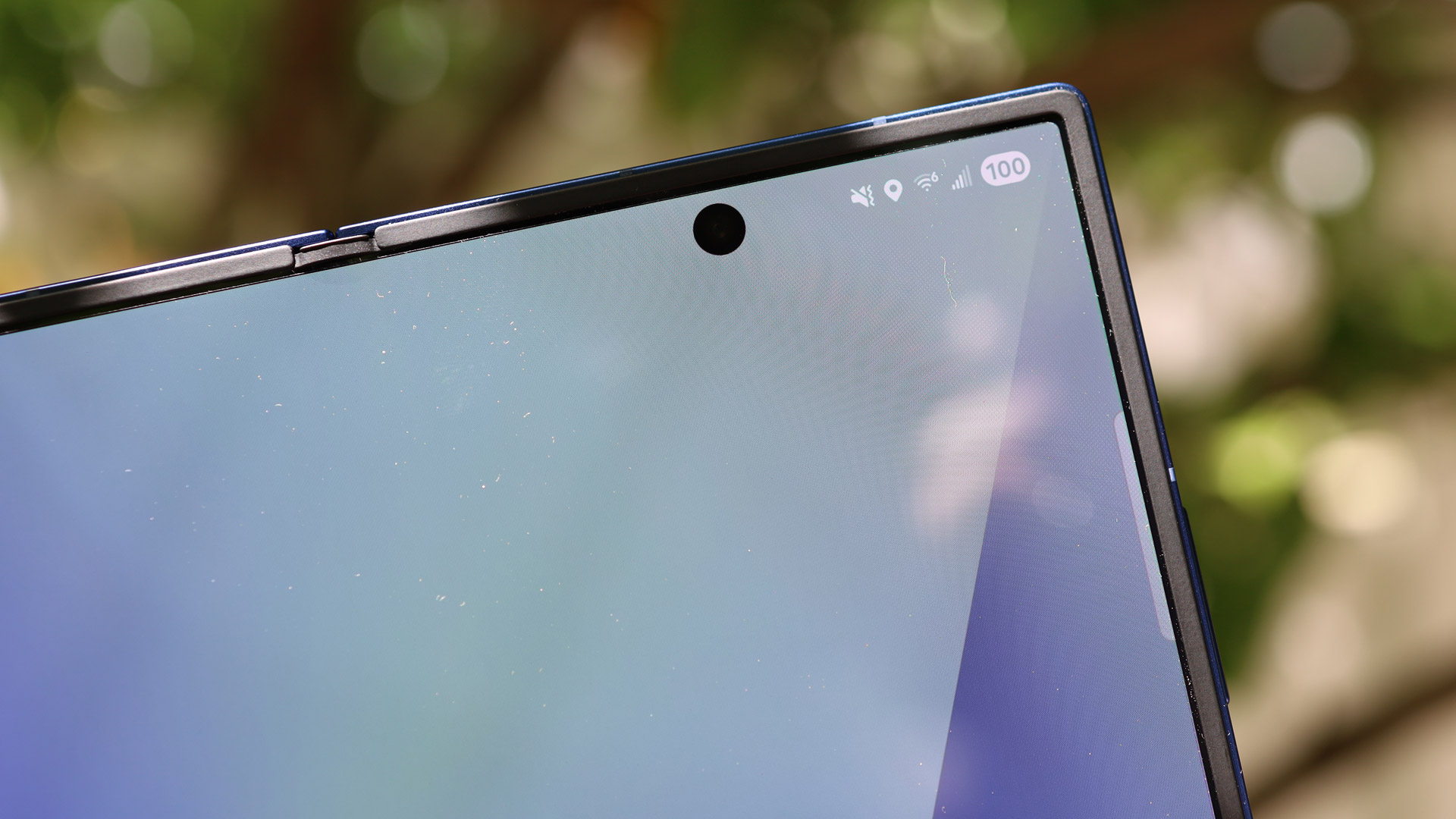
The other thing you might notice on this new Galaxy Fold 7 display is the noticeably larger camera punch hole. It’s not only bigger in order to accommodate a better, 10MP camera (it was just 4MP on the Fold 6); the hole is also no longer covered with pixels, so it remains visible at all times. It’s positioned a tiny bit more centrally along the top edge than the punch hole on the Google Pixel 9 Pro Fold’s flexible display, on which the equally large hole is positioned towards the far-right corner and is maybe a bit more out of sight.
These things aside, I love this big, multi-tasking screen, which has room for a couple of apps, or larger-screen views of favorite apps like Weather and Maps. It’s also a nice canvas for Gemini Live, which makes the most of the larger space.
I also enjoyed drawing on it, streaming shows on Netflix, and playing action games.
The benefit of a flexible screen is that the Galaxy Fold 7 doesn’t have to be only flat or folded – it can also be ‘L’ shaped, which I found useful when I was checking over an interview transcription, which I recorded and used AI to transcribe on the Fold. A 90-degree fold also proved useful for watching videos on one half of the screen while the rest of the Fold served as a steady base.
Samsung Galaxy Z Fold 7: cameras
- 200MP sensor is the upgrade the Fold line needed
- Main-display camera is no longer an afterthought
- The cameras are capable of some beautiful photography
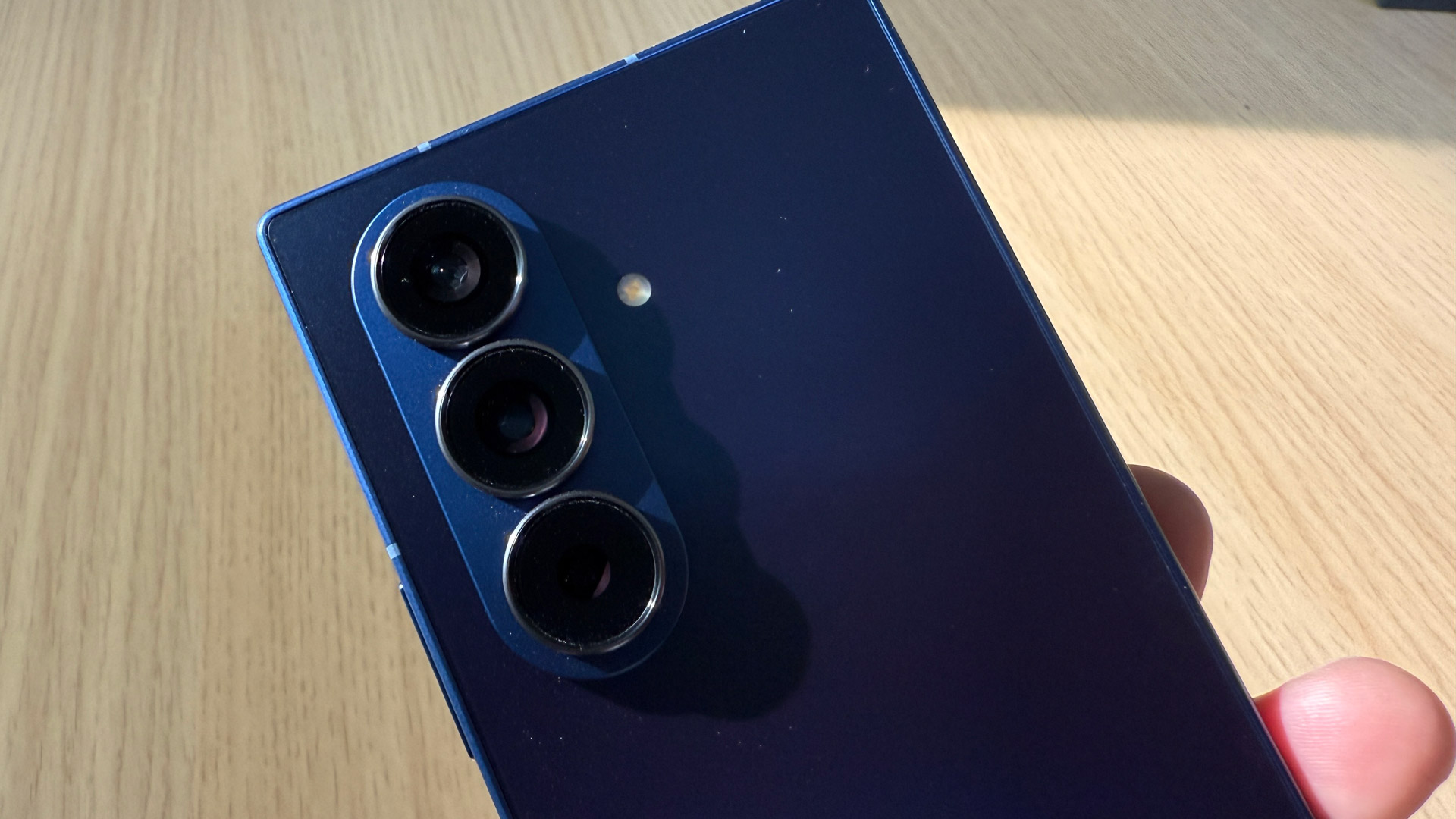
There was nothing much wrong with the Samsung Galaxy Z Fold 6’s camera array. It has a nice 50MP lens, a 10MP, and a 3x optical zoom 10MP, but I was very aware that this was a flagship-class phone with a flagship-level price, and it bothered me that the best camera array was reserved for Samsung’s Ultra line.
That is no longer the case. The Samsung Galaxy Z Fold 7 has a new camera system, with two notable upgrades and one disappointment.
Here’s the full camera system:
- 200MP wide
- 12MP ultra-wide
- 10MP 3x telephoto
- 10MP cover-screen
- 10MP main-screen
The big news here is the new 200MP sensor that, while similar to what’s found in the Samsung Galaxy S25 Ultra, has been reengineered to fit into the Z Fold 7’s super-slim frame.
Like most high-megapixel smartphone cameras, this one defaults to a 12MP shot, combining (or pixel-binning) the information from multiple pixels for better clarity, contrast, and colors. It does a nice job, but there is a very good reason to shoot at the full 200MP (it’s easy to do – you just select between 12MP, 50MP, or 200MP): doing so lets you crop into almost any picture detail without losing clarity.
You can see some of my sample photos above. While the detail is excellent, I did notice that I probably need to stand a bit more still if I plan to crop in on these huge, full-resolution images. No matter what, though, I love that this sensor, with all the versatility it affords, is included.
While there’s now closer parity between the Galaxy Ultra and this Galaxy Fold, the latter can perform a trick that’s impossible with the S25 Ultra: you can shoot selfies with the main camera using the ‘Cover Screen Preview’ setting. This means that if you unfold the phone and choose that option in the camera app, you can use the cover screen as a viewfinder and control for the main, wide-angle, and telephoto lenses. I used the setting to take a 200MP selfie – I would show it to you, but the clarity is so good it’s horrifying.
I’m also pleased that the main-screen camera is now a full 10MP – 4MP for selfies and even video calls seemed a bit anemic. The tradeoff for that better camera is a bigger punch-hole in the flexible display, and one that isn’t covered with pixels when not in use. I think future Z Folds should shift this camera closer to one of the bezels.
The 12MP wide-angle has a solid 120-degree field of view, enough for some truly dramatic shots, but I think its macro capabilities are far more impressive. Look at the detail in the flowers below. Leave aside the excellent color accuracy – just look at the drama inside these blossoms, and in particular the ants transiting the petals. Well done on this lens, Samsung.
I’m less impressed with the zoom lens; not because it’s bad, but it remains underpowered for a flagship. While the S25 Ultra has a nice 10MP 5x optical zoom, the now more ultra-y Fold 7 only gets a 10MP 3x optical zoom. Yes, I am fully aware of the Space Zoom options that go up to 30x, but that’s a digital assist, and drags in way too much artificial information for my tastes. When I want zoom, I like it to be optical all the way.
The 3x optical zoom does a nice job, and it’s definitely useful, just not as strong as I had hoped. In situations where you want to get closer to a subject you might instead choose to shoot with the 200MP main camera at full resolution and then crop in on the detail you want – at least you know the visual information will all be real, and not partially digitally generated.
I was also pleased with low-light photography and videography. The Galaxy Z Fold 7 shoots high-quality video up to 8K 30fps, though many video editors still can’t handle that video resolution.
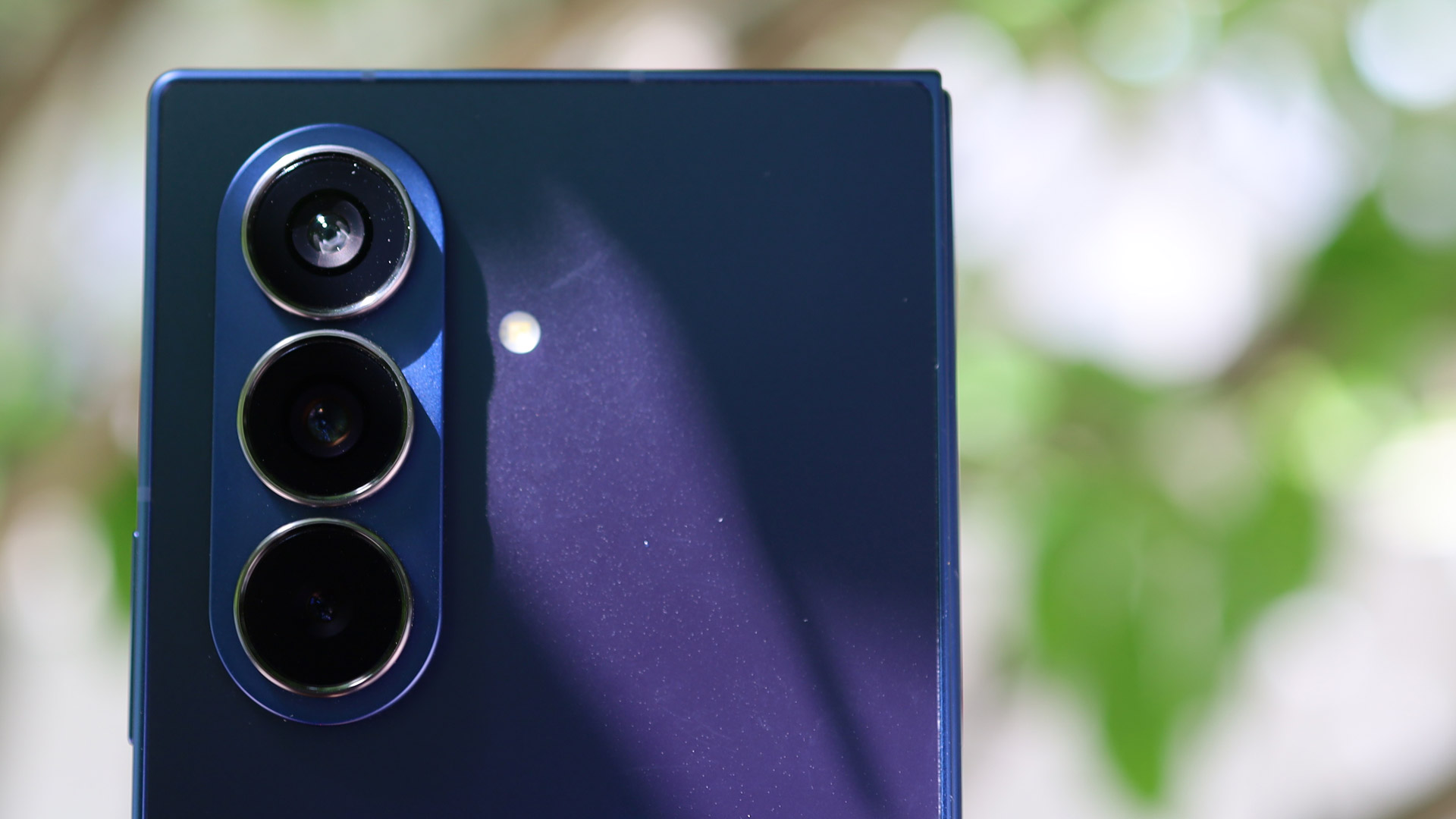
Overall, I think this is a great camera system, especially because Samsung’s ProVisual Engine is finally doing a decent job of maintaining visual fidelity (unless you choose less-real presets).
The colors in all my shots are good and accurate – I’m impressed with how the cameras handle challenging Manhattan street shots that are so full of detail and riotous colors.
They also did well with backlit shots where a bright Manhattan sky might have overwhelmed the foreground – I think the Z Fold 7 found a decent balance. When I tapped on the sky to adjust the exposure in favor of the sky I got better cloud detail, but also surprisingly accurate blue sky color. Nothing is too saturated, and this I consider a victory.
Portrait mode does a nice job on people and objects, such as in my image of planter in the main gallery above, where it had a lot of detail to handle and acquitted itself nicely. It’s not perfect – some small leaves got lost – but I’m still pleased with the result.
Samsung Galaxy Z Fold 7: Software and AI
- The phone will ship with Android 16
- There’s deeper Google Gemini integration
- Gemini Live fills the main screen

In the software space, the Samsung Galaxy Z Fold 7 is a harbinger of releases to come. It’s the first flagship to release with Android 16, well ahead of the next big Pixel launches – including, we expect, the Pixel 10 Pro Fold – on August 20, and it also has the latest Samsung software in the form of One UI 8.
That former landmark is by Google design, with the tech giant rearranging its development flow to ensure that its big partners have these new releases in time for their latest flagship phones. As for the latter, Samsung just seems to be getting faster and more efficient at updating and improving its own Android overlay.
Both platforms are also infused with AI in the form of Samsung’s Galaxy AI and Google’s Gemini, though where one ends and the other begins may not always be obvious.
Broadly, Android is now as polished and useful as Apple’s iOS. It has many of the same features, including Live Updates in widgets, Quick Share (so much like AirDrop), and endless customization. It’s also a fantastic partner for the Fold because the platform is optimized for the larger 8-inch screen, so things like mail, weather, and maps all appear built for the flexible display. Even Google Gemini Live is right at home on the Galaxy Z Fold 7’s main display.
One UI 8 brings things like the Now Bar and Now Brief, a compendium of all the things you need to know at any point in the day. It’s well designed, accessible, and relatively useful. I check it because the Now Bar is always greeting me on my lock screen with a “Good morning!”, “Good afternoon!” or “Good evening!” and it almost seems rude not to acknowledge it by digging into the details of my Brief.
When I tap to open it, I see a weather forecast, a calendar of events, news of interest, and music. I can choose to add more elements from my phone, which I assume might make the Brief more useful.
There is, of course, a lot of AI on this phone. Google handles the Circle to Search and Gemini side, and the rest of the AI found on the phone is Samsung Galaxy AI.
At any point I can long-press the home-screen button to launch a Circle to Search task. After the press, I use my finger to circle something on the screen that Google Search can look at and offer results related to.
New here is the ability for Circle to Search to work in games. I used it while playing the racing game Asphalt 9 and PUBG. It works, but it’s not necessarily intuitive to bring up the home button and press it during gameplay. On the other hand, I do appreciate not having to leave the game or even capture a screenshot. I just long-press, circle, and Google Search does the rest. When I’m done, I return to the race.

Gemini is summoned by a long press of the power button. It has all the strength of Gemini 2.5 Flash on the web, and also Gemini Live. Gemini Live works in full-screen mode on the large main display, but I find it more useful when you share your screen with Gemini Live and it then operates in the background, offering insights based on what it can see on-screen and the questions you ask it.
You can also just have Gemini look through the camera and see your world, and ask it what it sees – unless you want everyone to hear your Gemini Live conversation, this would be a good time to invest in some Galaxy Buds Pro 3 headphones if you plan to be out and about with the Z Fold 7.

Other Galaxy AI-powered features remain, and are little changed from the last time I tested them on a Fold. I can use Sketch to Image to instantly add photo-realistic elements to existing photos – I added a mouse to my coffee table, although as I’ve mentioned it’s a bit harder to sketch the right image idea without an S Pen.
It’s also easy to remove unwanted objects from images and replace them with the right background. This, depending on the size of the object, is generally effective, though there do seem to be more steps than in Apple’s Clean Up. On the Fold, I scribble on what I want to remove (it can be multiple objects), hit the erase icon, and the phone removes them, but I also have to hit ‘Generate’ to replace the background. My iPhone 16 Pro Max does both in one step.
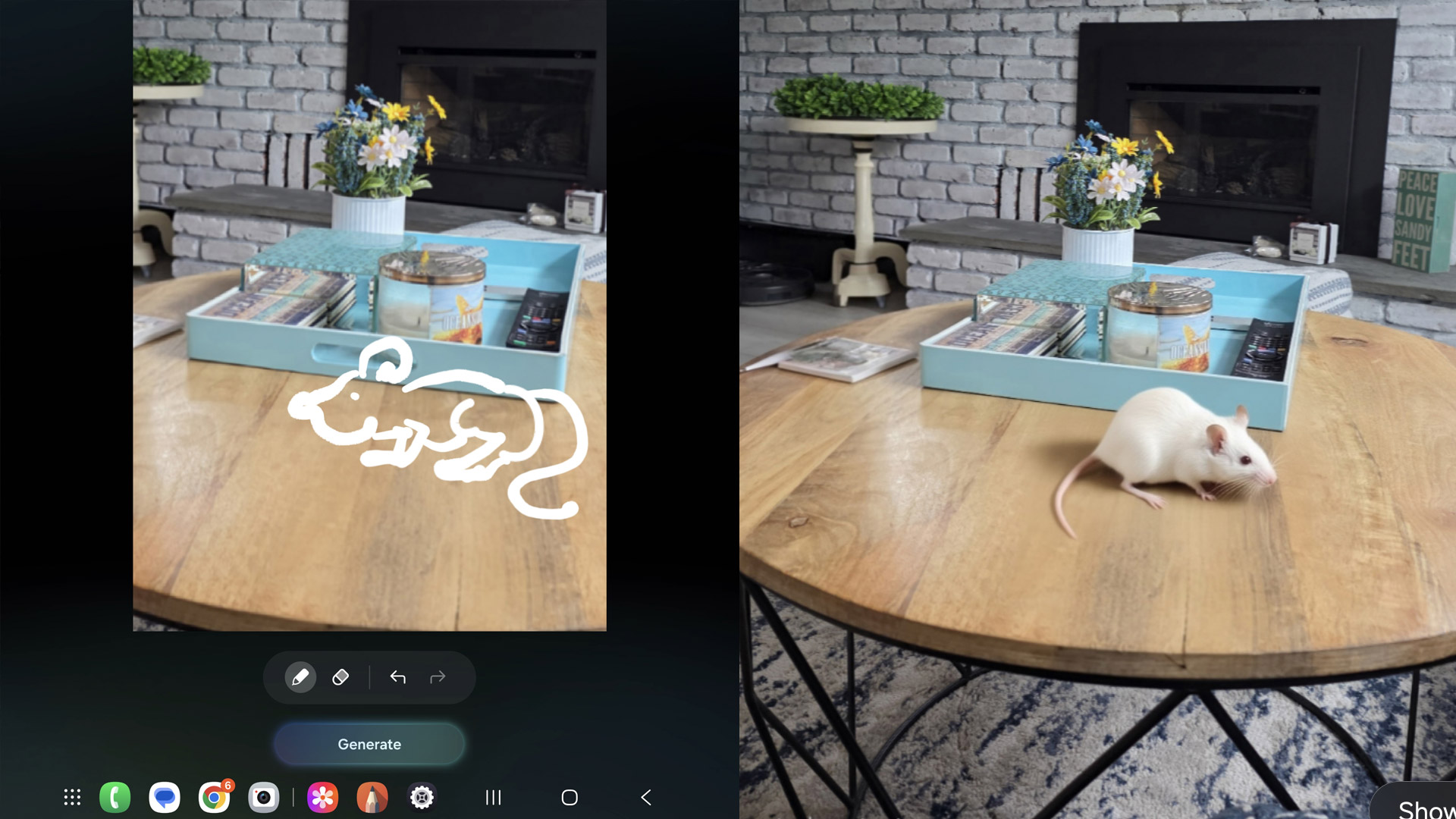
Drawing Assist, which lets you turn rough doodles into much higher-quality artwork and is another feature that benefited from S Pen support, also still works, and may come in even more handy now that you’ll likely be forced to use your fingertip to make your rough sketch.

Galaxy AI’s reach extends to video, and I used Audio Eraser to clean up the sound on a video shot in the heart of New York City’s Times Square. The capabilities more or less match those in Apple’s Audio Mix tool, although how the tools pinpoint which extraneous sounds to target differs quite a bit. Audio Eraser focuses on crowd noise, voices, and wind, and the results were good, though my voice did end up sounding just a tiny bit robotic, although not dissimilar from the results I got with Audio Mix the Apple iPhone 16 Pro Max.
I am, naturally, only scratching the surface of Android 16, One UI, and their AI capabilities, which also include things like Live Translation, Text Translation, and Chat Assist. Overall, though, this is a platform I could easily love. If you’re already an Android fan, Android 16 will be a welcome upgrade. If you’ve used a Galaxy before, One UI will be instantly familiar but also improved. The AI is deeply embedded but never intrusive. It looks and feels the way I thought Apple Intelligence would on an iPhone, and how I hope it will look and feel when Apple eventually delivers the updated Siri.
- Software and AI score: 4.5 / 5
Samsung Galaxy Z Fold 7: Performance and Battery
- Custom Qualcomm Snapdragon 8 Elite processor
- Plenty of RAM and strong overall performance
- Battery is still 4,400mAh, but all-day battery life is real

Not only does the Samsung Galaxy Z Fold 7 pack Qualcomm’s best silicon, it’s a customized chip produced just for Samsung’s latest foldable: the Snapdragon 8 Elite for Samsung. The difference between the standard Elite and the Samsung version is small but notable: most reports put the 8 Elite’s max clock speed on its 2-core cluster at 4.32GHz. On the Galaxy Z Fold 7, according to Geekbench 6, it’s running at 4.47GHz. The six-core cluster is running at 3.53Ghz, which is the same speed as the standard 8 Elite.
Samsung backs this powerful, AI-ready silicon with 12GB of RAM for the 256GB Z Fold 7. The 1 TB model gets 16GB of memory.
I ran Geekbench 6 three times for both the CPU and GPU, and the numbers are impressive. This is the first time in memory that an Android phone’s multicore performance has beaten the latest flagship iPhone; in this case the iPhone 16 Pro Max.
Here are my average numbers:
- Samsung Galaxy Z Fold 7
- Single-core Avg: 2,512
- Multi-core Avg: 8,986.67
- OpenCL: 17,391
iPhone 16 Pro Max
- Single-core: 2,892
- Multi-core: 8,327
- GPU Metal Score 33,001
Yes, Samsung (really Qualcomm) beat Apple on the multi-core scores. It may look like Apple handily beat Qualcomm on the GPU side, but those numbers (OpenCL versus Metal) are not directly comparable. What matters here, though, is the performance, and the Samsung Galaxy Z Fold 7 has power to spare.
I found it fast and fun for everything from web browsing to video games and video editing.
I tried stressing out the system by opening 51 tabs in Chrome and Gemini Live, which is probably a more resource-intensive operation. A funny side note here: when I allowed Gemini Live to view my screen and asked it how many browser tabs I had open, it said “10.” I tried to guide it to the number listed next to the microphone icon, and it said “11”. When I pointed out its error, Gemini Live apologized and said it had no idea why it made that mistake.
I wasn’t done pushing the system, so I also launched PUBG. The game opened without issue, I started to play (quickly, to my delight, finding an ultralight aircraft to fly around the island) and the phone never skipped a beat (the back got a little warm). I even used Circle to Search to learn more about a car I found.
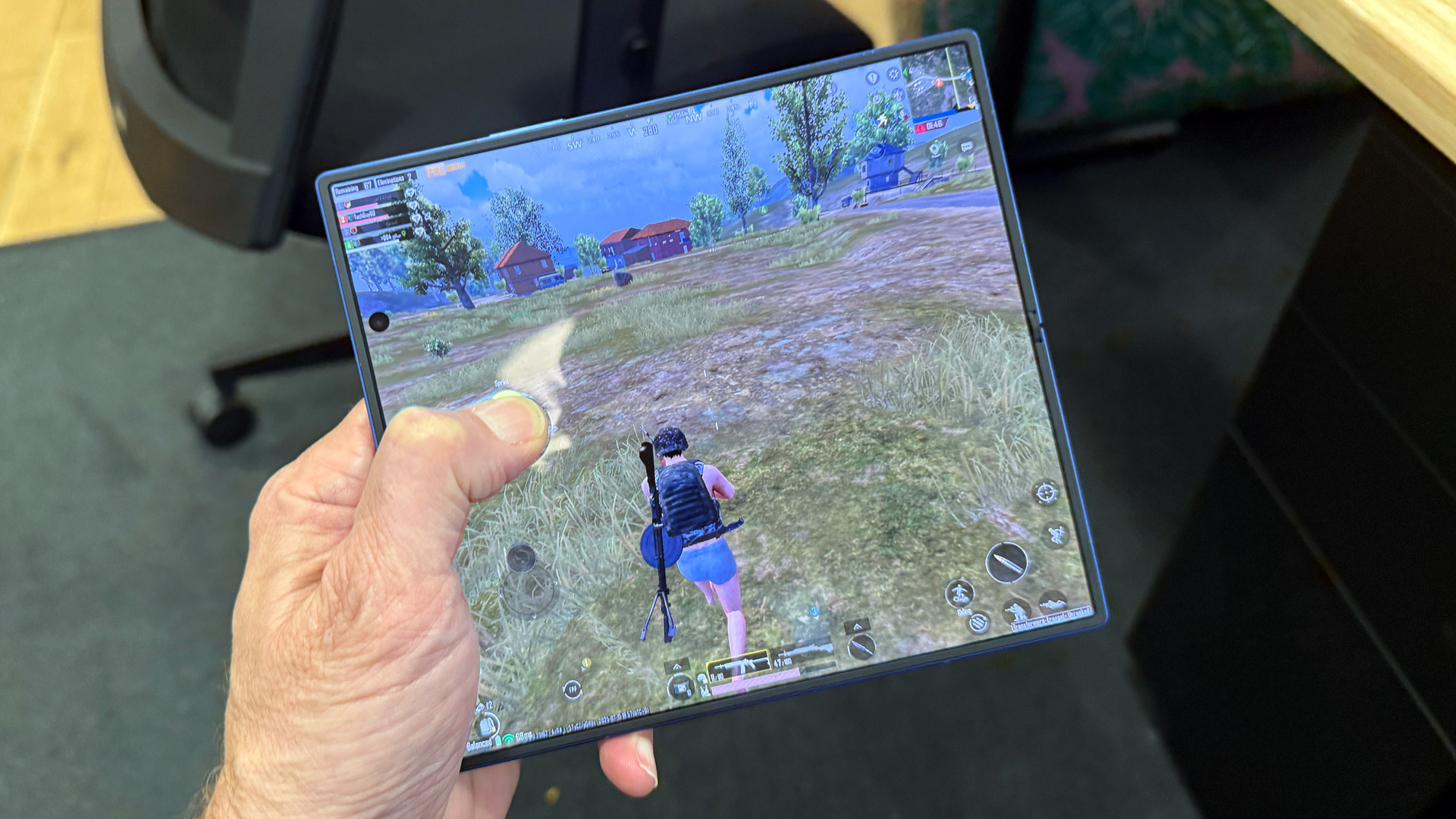
Put another way, this is a thin, light, and very powerful system, and it’s ready to multitask like the private productivity wonder it is. Plus, there’s now true differentiation between the Fold 7 and its little sibling, the Galaxy Flip 7, which runs the ostensibly less powerful Samsung Exynos 2500 processor. That’s a fun little foldable phone with a full-screen cover that can accommodate Gemini Live, but it’s not about getting things done. And that’s the beauty of the Z Fold 7: with its now standard flagship-sized cover screen and even larger 8-inch main screen, it’s the perfect blend of pocket-sized power and portability.
Audio performance out of the stereo speakers is loud but also clear. Do not expect booming bass, but if you want the Fold 7 to power a party via your Spotify playlist – which, yes, you can summon through Gemini – the Fold 7 has you covered.
Battery life for the 4,400mAh battery is rated by Samsung at 24 hours of video playback. However, in mixed use, battery life is anecdotally between 12 and 18 hours in my tests. Future Labs, which runs a more rigorous and intense web-browsing rundown, got just under 11 hours. This is a case where your mileage will vary, but I think you can expect a full workday of battery life.
The Qi wireless charging is supported, and while the phone only ships with a charging cable and not the adapter, I was able to charge the phone to 50% in 30 minutes using a 45W charger.
Connectivity on the T-Mobile 5G network was solid, and, in my neighborhood, better than what I get from Verizon. I’m also happy to report that the phone supports WiFi 7 and Bluetooth 5.4.
- Performance and Battery score: 5 / 5
Should you buy the Samsung Galaxy Z Fold 7?
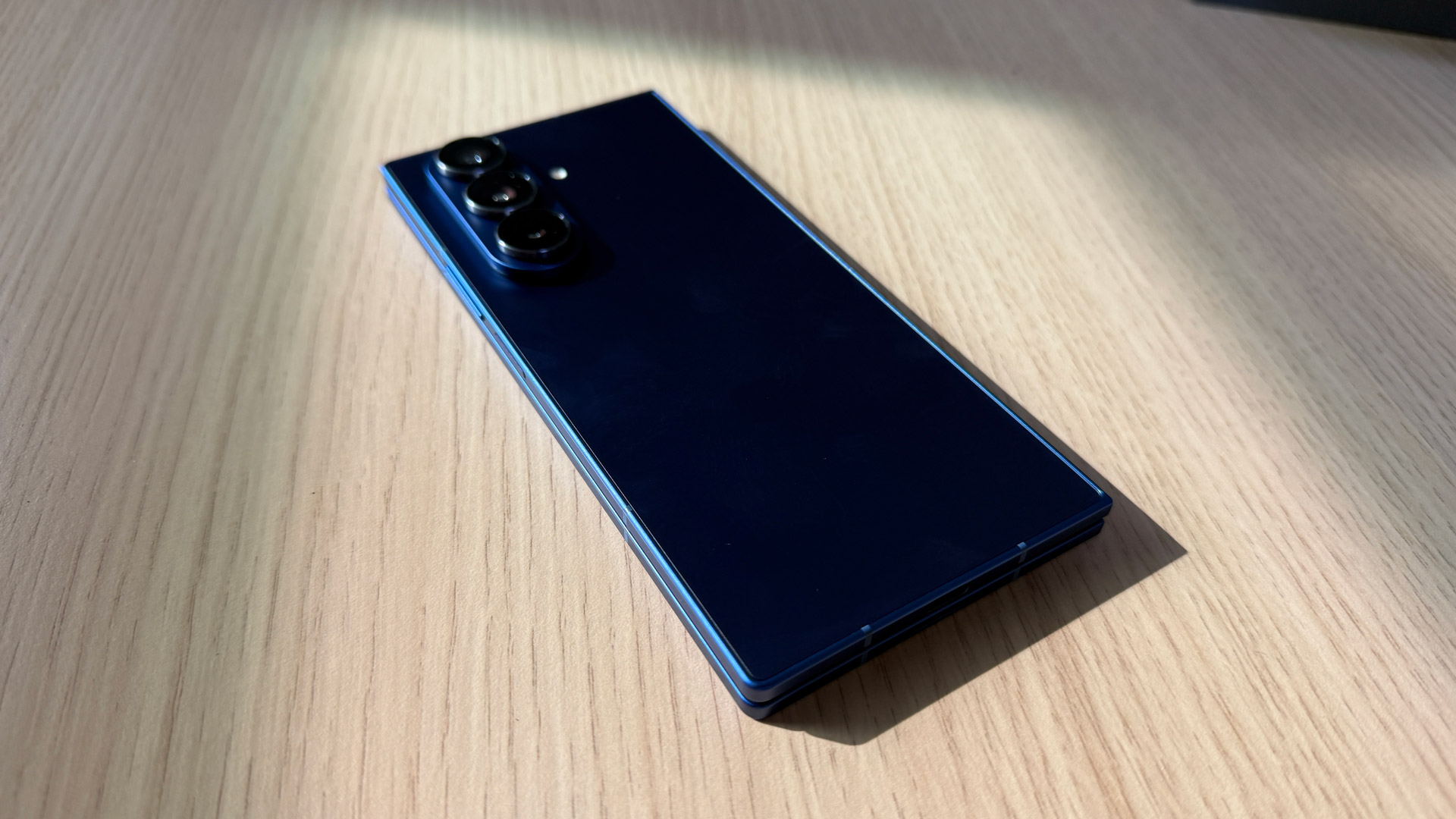
|
Attributes |
Notes |
Rating |
|---|---|---|
|
Value |
The most expensive foldable out there, but it might also be worth it |
4 / 5 |
|
Design |
Excellent, slim and light design that still feels elegant and solid. |
5 / 5 |
|
Display |
Two fantastic and now larger screens. The crease is almost gone, but so is support for an S Pen. |
4.5 / 5 |
|
Performance |
Better than the best Qualcomm chip on other Androids, and the performance knocked our socks off. |
5 / 5 |
|
Software |
Android 16! One UI 8! So much AI. It may sound like a lot, but it’s a winning combination. |
4.5 / 5 |
|
Cameras |
The 200MP sensor is a major upgrade, and overall photography is excellent. We would have liked a 5x optical zoom. |
4.5 / 5 |
|
Battery |
Really good battery life |
4.5 / 5 |
Buy it if…
Don’t buy it if…
Samsung Galaxy Z Fold 7 review: Also consider
The Samsung Galaxy Z Fold 7 is, to my mind, the best, most widely available folding phone on the market, but it may not satisfy your foldable itch in every aspect. Here are some other worthy choices.
| Header Cell – Column 0 |
Google Pixel 9 Pro Fold |
OnePlus Open |
|---|---|---|
|
Price at a launch: |
$1,899 / £1,749 / AU$1,199 |
$1,699 / £1,599 |
|
Dimensions (unfolded): |
155.2 x 150.2 x 5.1mm (unfolded), 155.2 x 77.1 x 10.5mm (folded) |
153.4 x 143.1 x 5.8mm (unfolded), 153.4 x 73.3 x 11.7mm (folded) |
|
Weight: |
257g |
239g (black); 245g (green) |
|
Main display: |
8-inch Super Actua display 2076 x 2152 / 1080 x 2424 pixels |
7.82 inches (2440 x 2268) |
|
Cover display:: |
6.3-inch Actua display |
6.31 inches (2484 x 1116) |
|
Chipset: |
Google Tensor G4 |
Qualcomm Snapdragon 8 Gen 2 |
|
RAM: |
16GB |
16GB LPDDR5X |
|
Storage: |
256GB / 512GB |
512GB UFS 4.0 |
|
OS: |
Android 14 |
Android 14 with Oxygen OS 13.2 |
|
Primary camera: |
48MP main |
48MP (wide) |
|
Ultrawide camera: |
10.5MP ultrawide |
48MP (ultrawide 114°) |
|
Telephoto |
10.8MP 5X zoom |
64MP (3x telephoto) |
|
Cover Camera: |
10MP |
20MP; 32MP |
|
Inner Camera |
8MP f/2.0 |
Row 13 – Cell 2 |
|
Battery: |
4,650mAh |
4,805mAh |
|
Charging: |
30W (wired) |
67W SUPERVOOC (proprietary) |
|
Colors: |
Porcelain, Obsidian |
Emerald Dusk (green); Voyager Black |
How I tested the Samsung Galaxy Z Fold 7
- Review test period: one week
- Testing included: everyday use, including web browsing, social media, photography, gaming, streaming video, and music playback
- Tools used: Geekbench 6, and Nit-brightness-testing system
I carried the Samsung Galaxy Z Fold 7 with me everywhere and used it as often as possible for everyday productivity, entertainment, and creativity tasks.
I spent a lot of time with the UI and with all the AI, as well as myriad systems and third-party apps.
I played games like Asphalt 9 and PUBG, and watched streaming video content.
I handled it with as much care as I give any other smartphone, but did also purposely ran it under water.
I did my own battery performance testing, but also relied on Future Labs for its lab-based results.
Read more about how we test
First reviewed July 2025

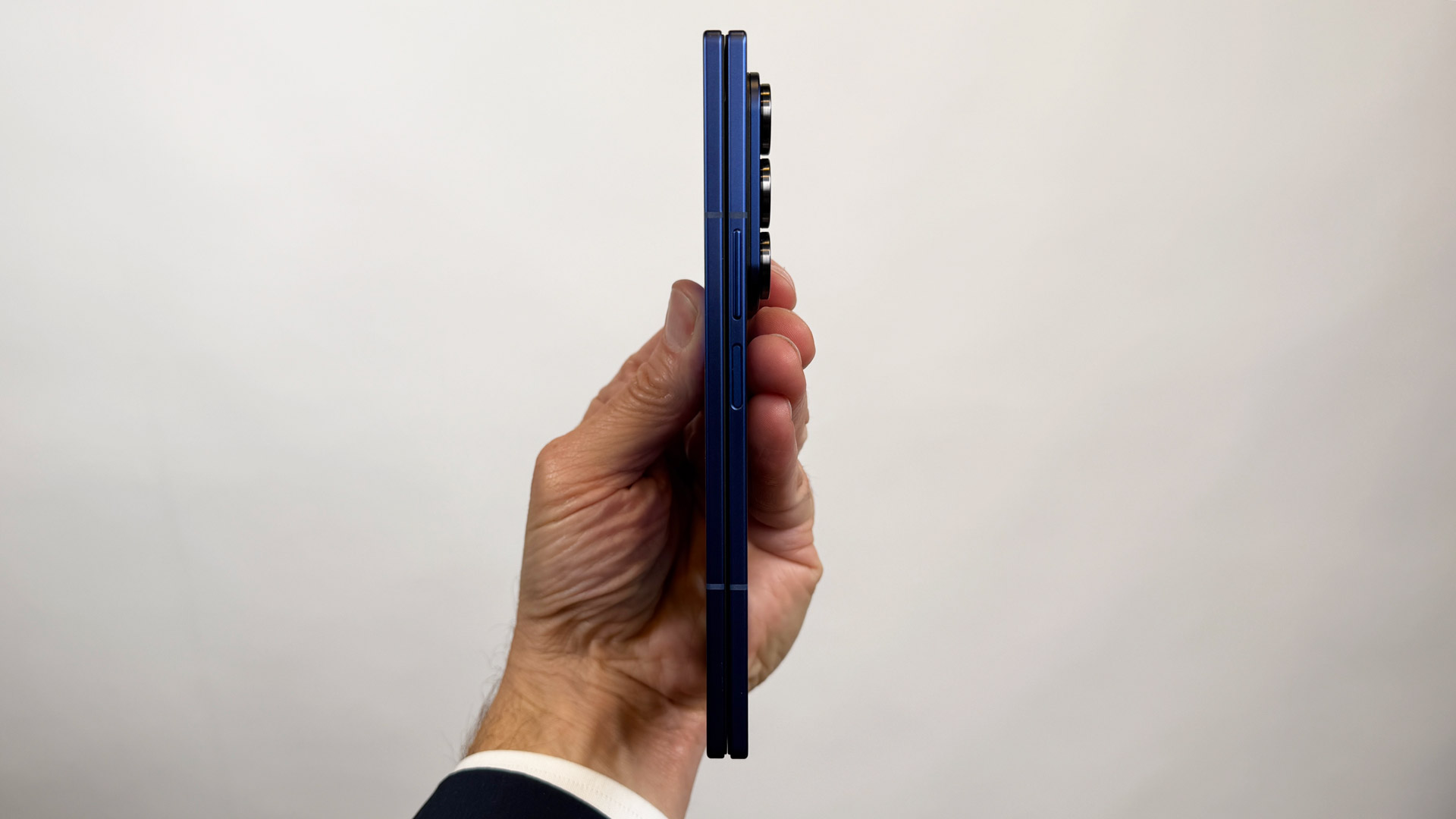

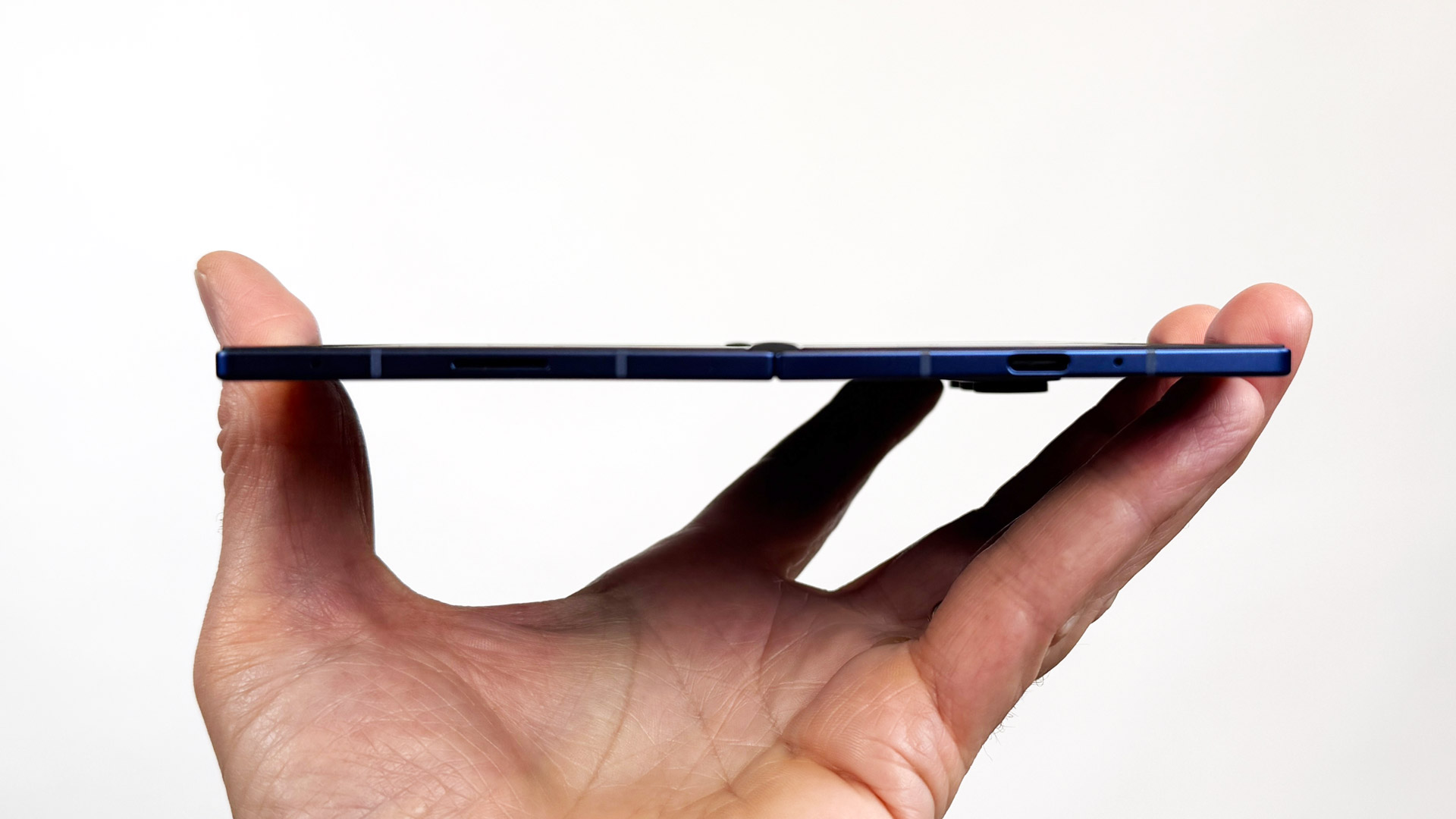
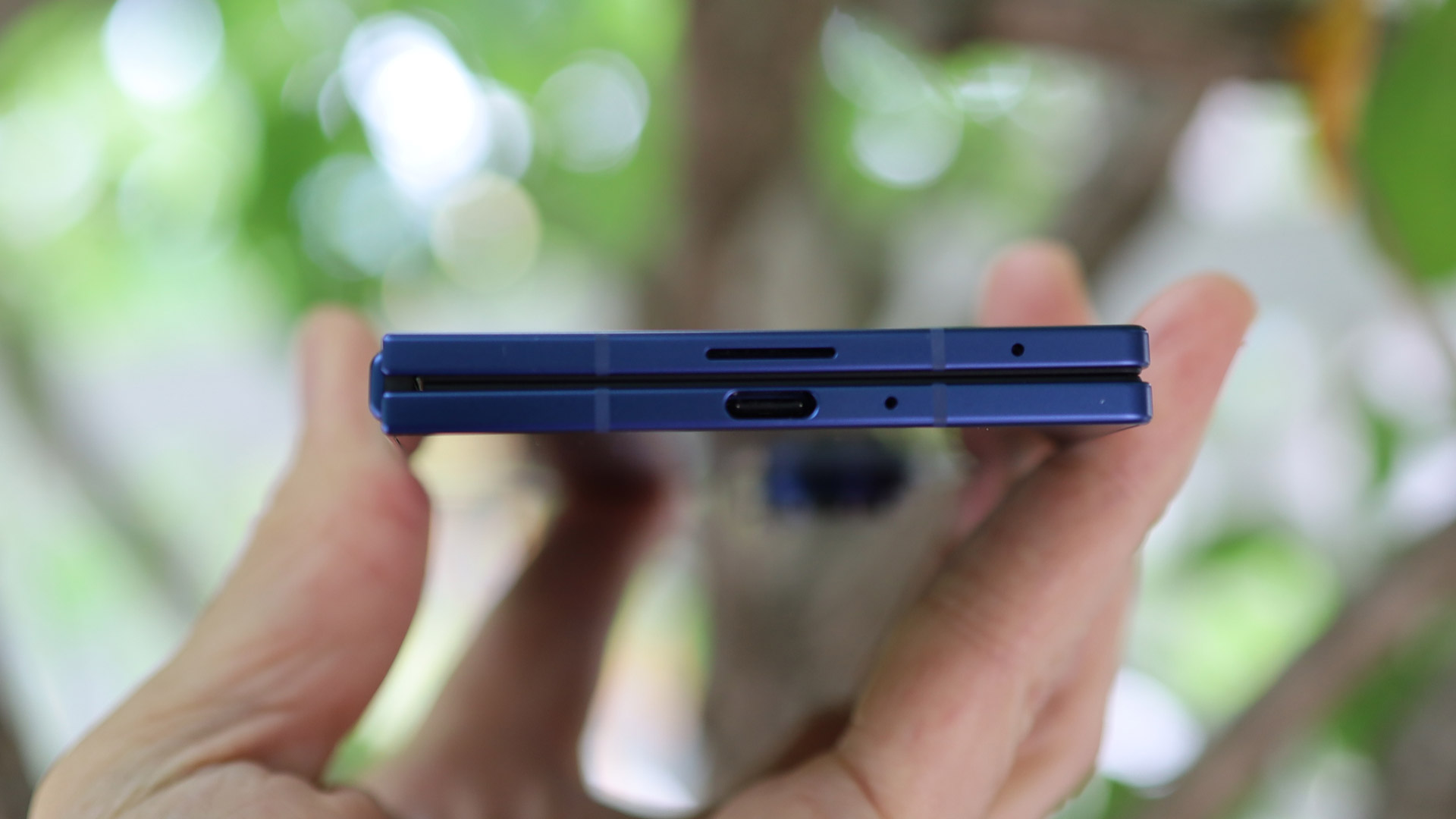
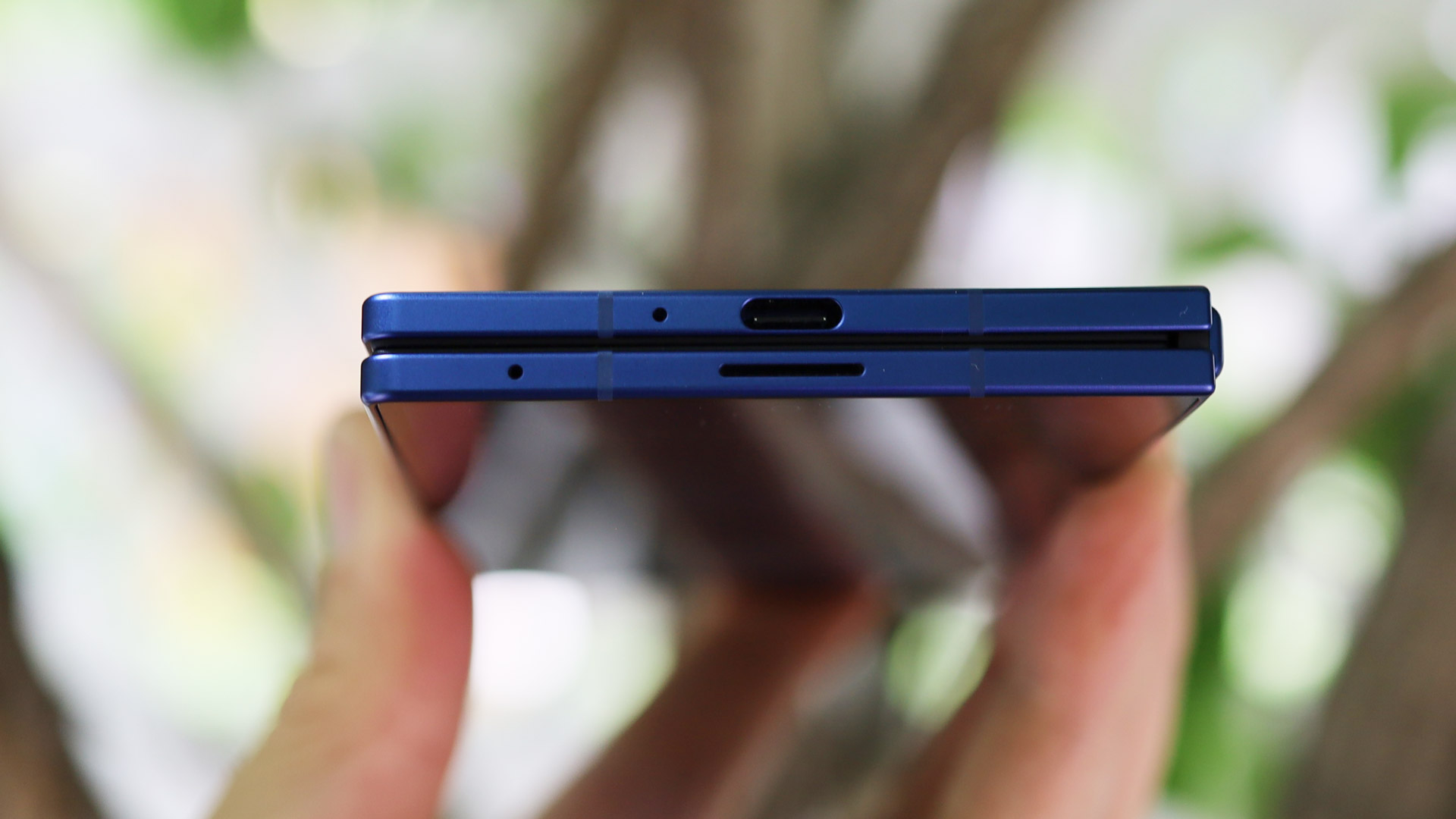
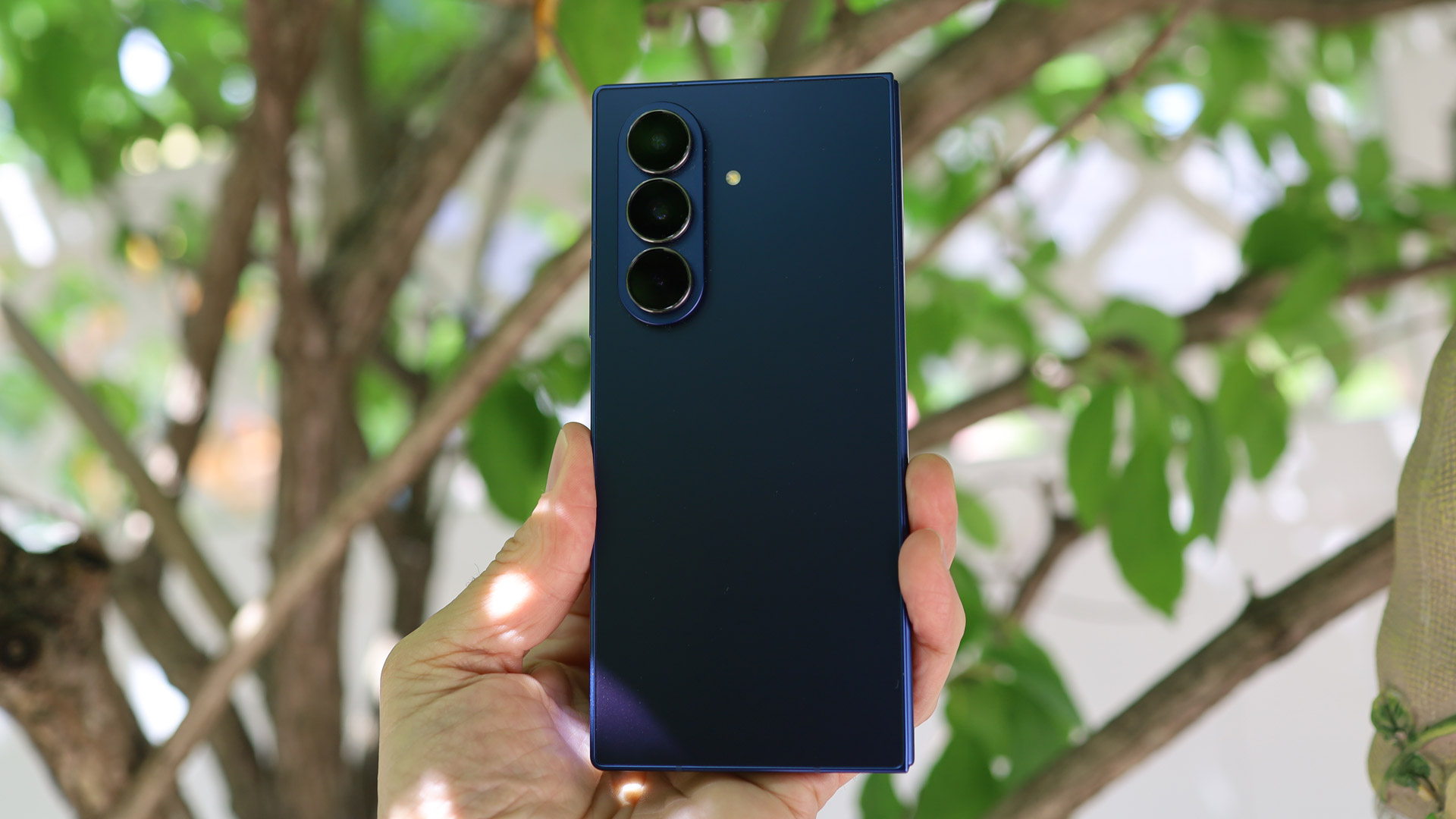
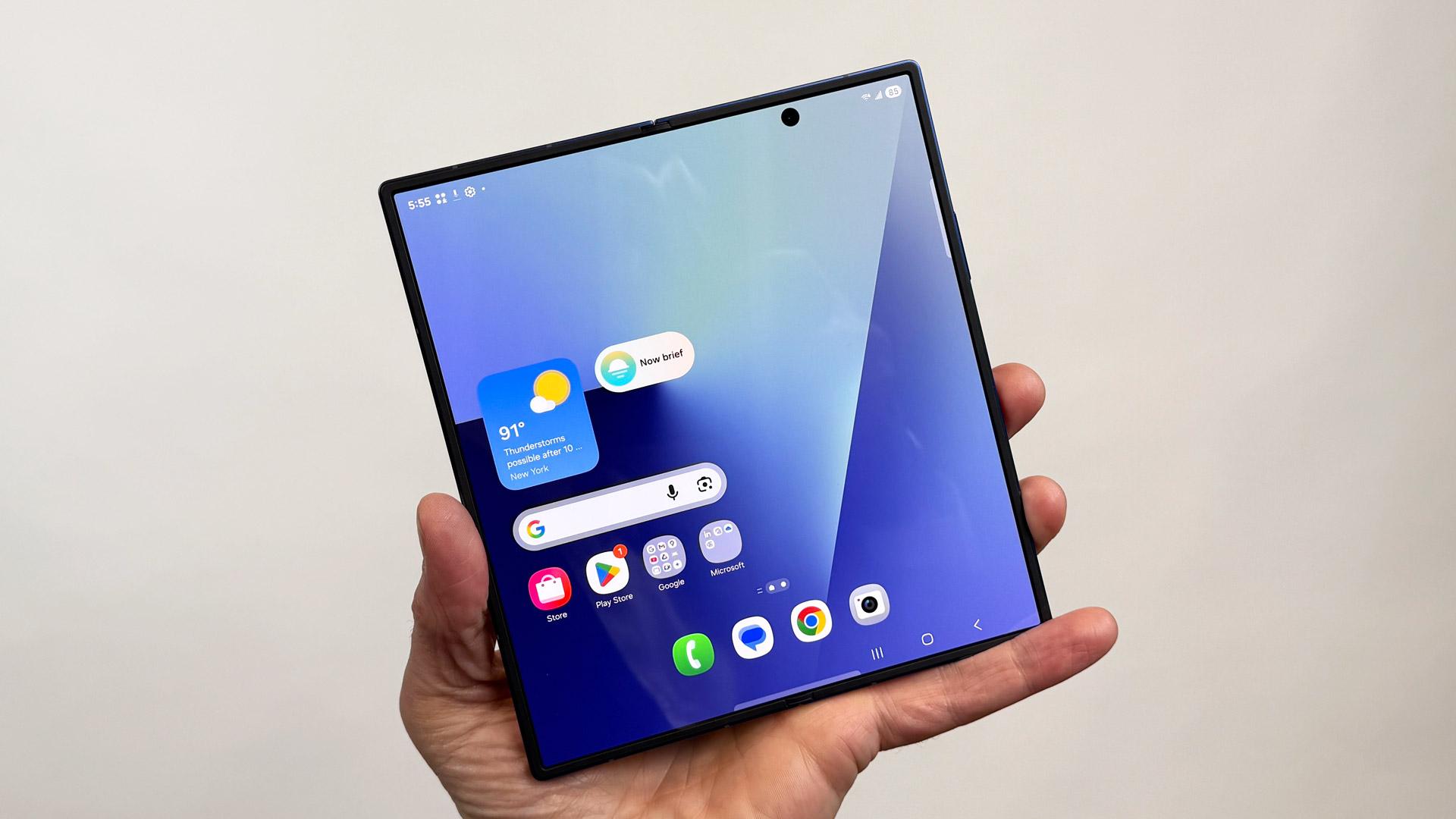

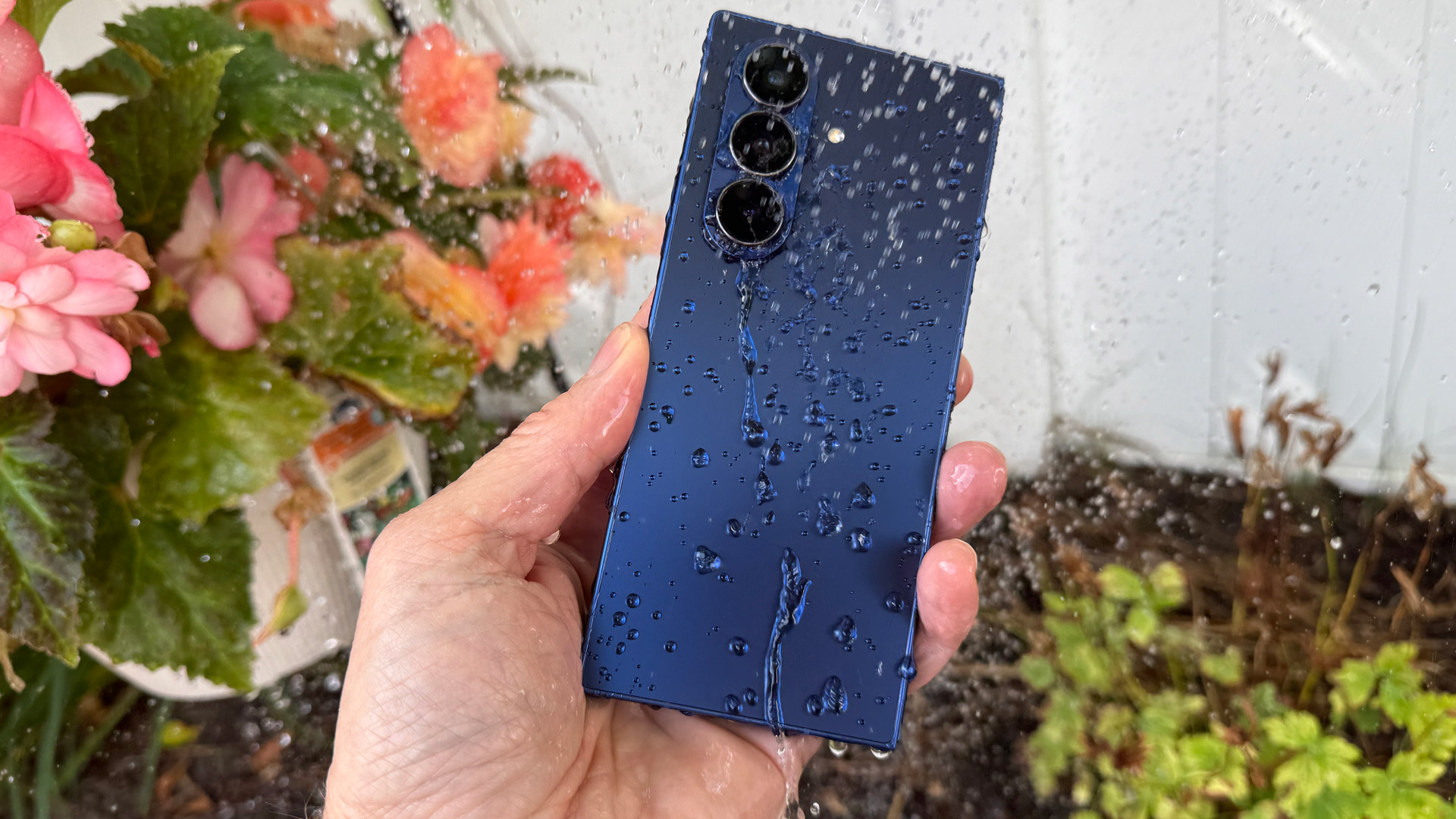
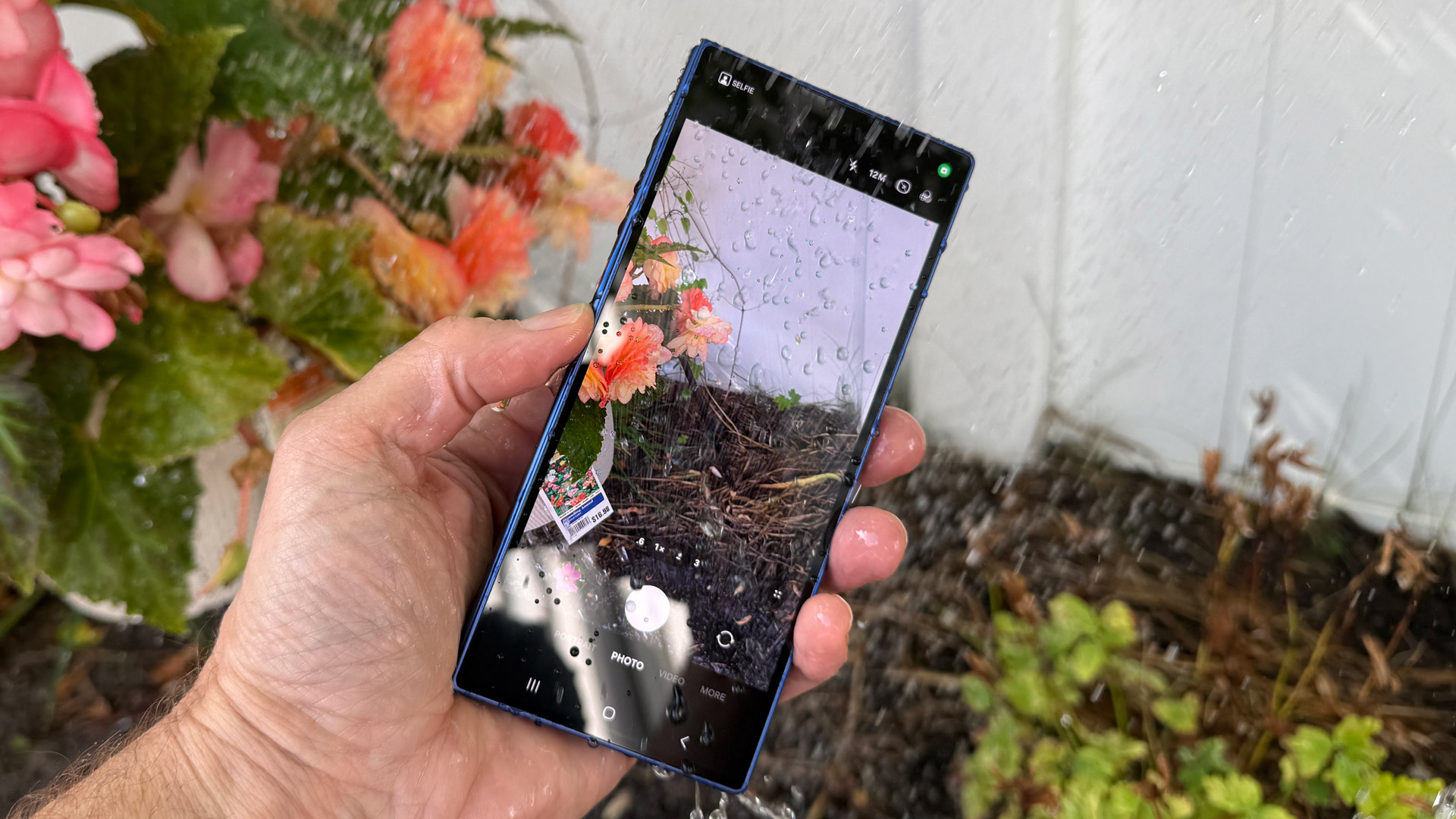

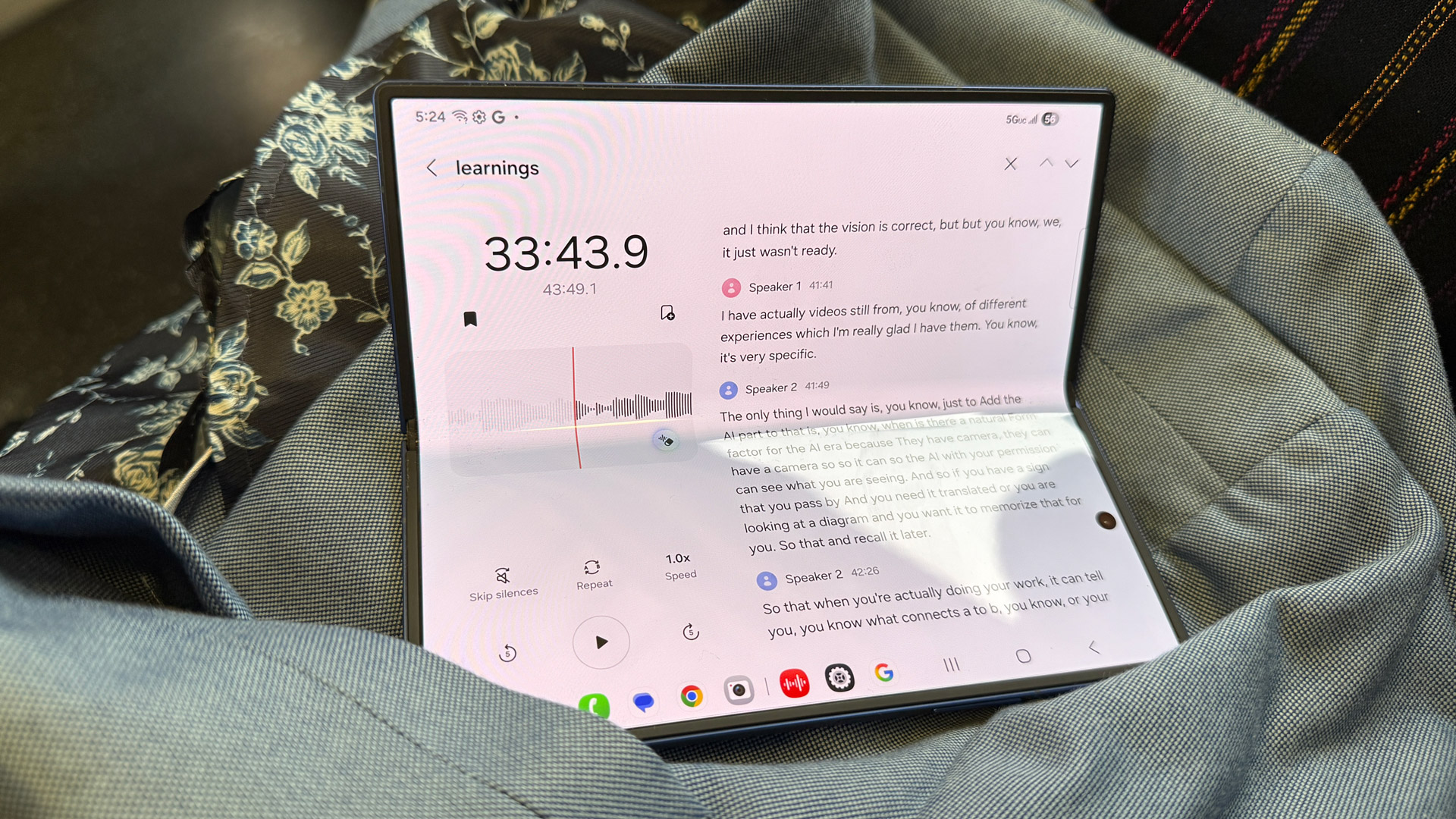


























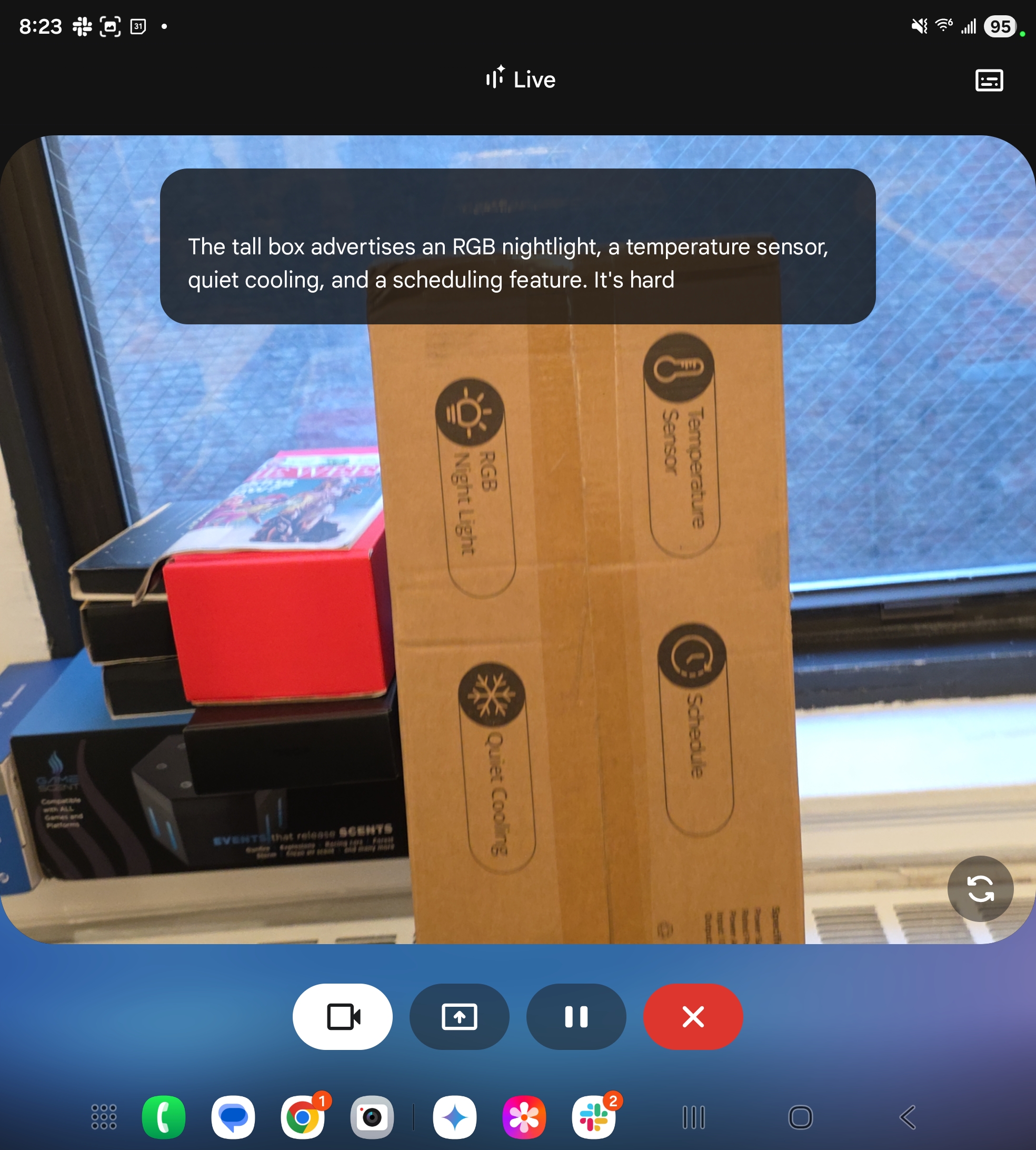
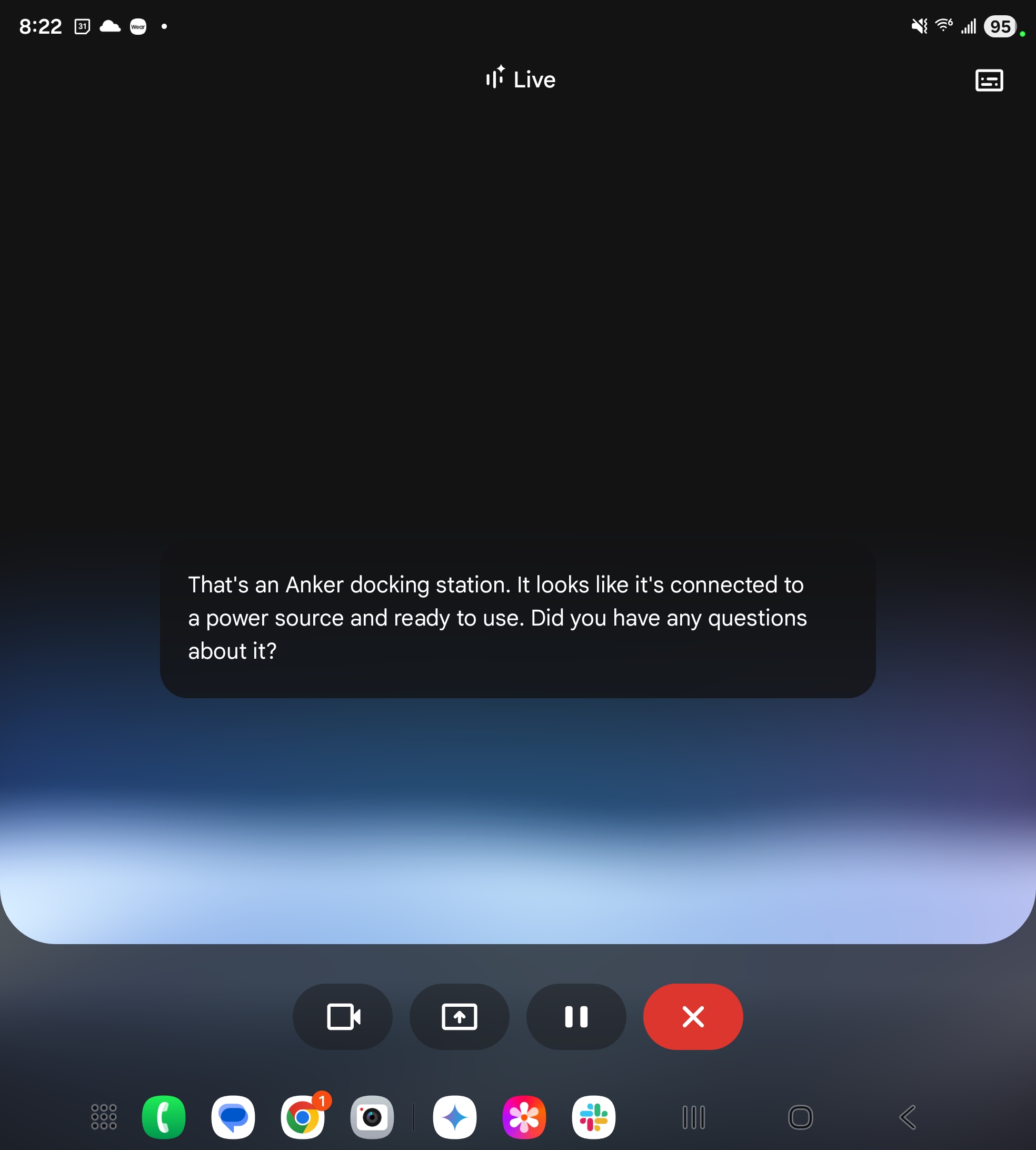





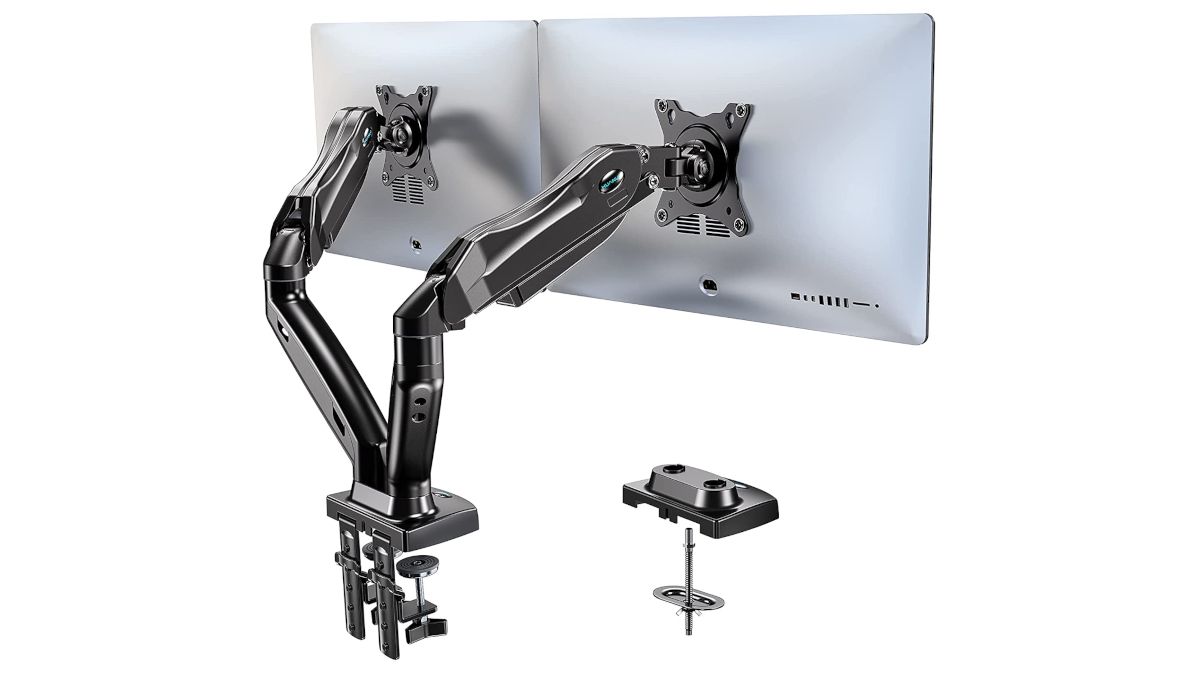




:max_bytes(150000):strip_icc()/ping-command-prompt-92f4acb37dfc4bbc9ac1ae6d99faaa45.png?w=1920&resize=1920,1267&ssl=1)
:max_bytes(150000):strip_icc():format(jpeg)/ping-command-prompt-92f4acb37dfc4bbc9ac1ae6d99faaa45.png)



